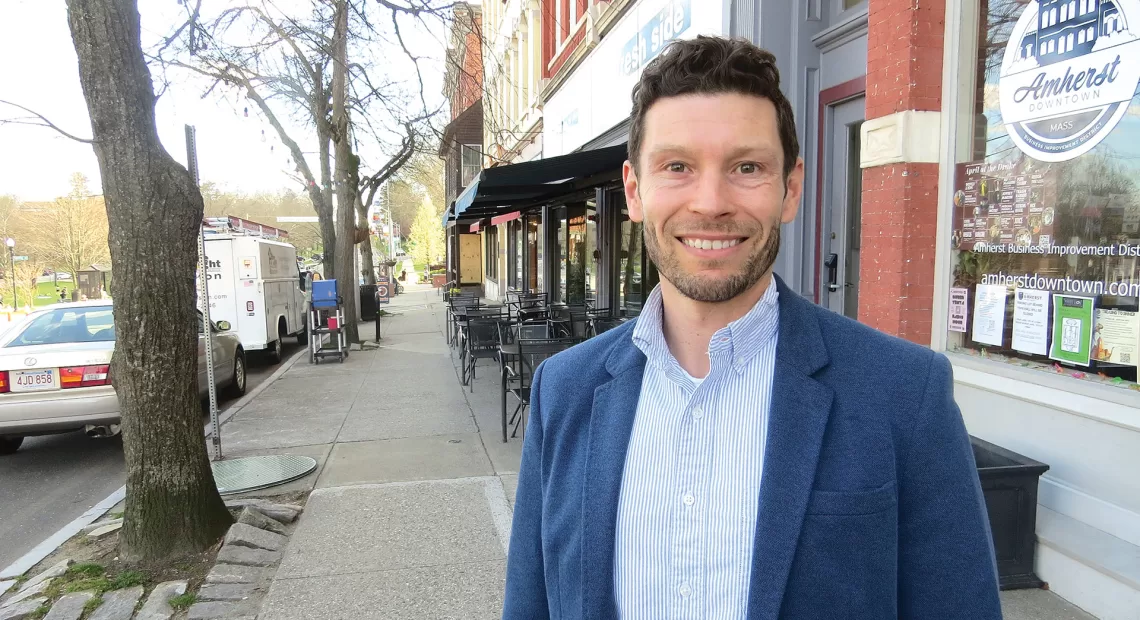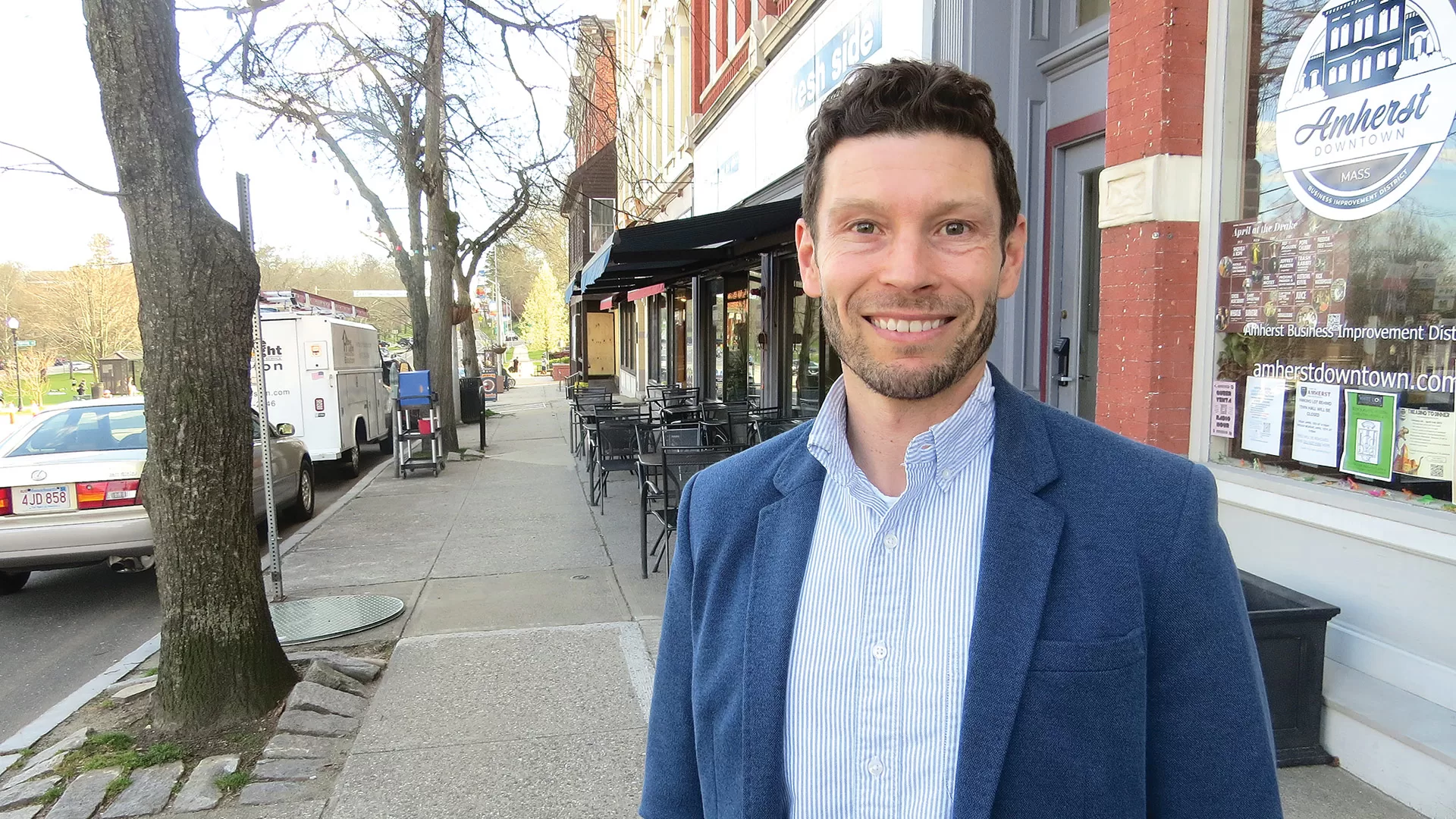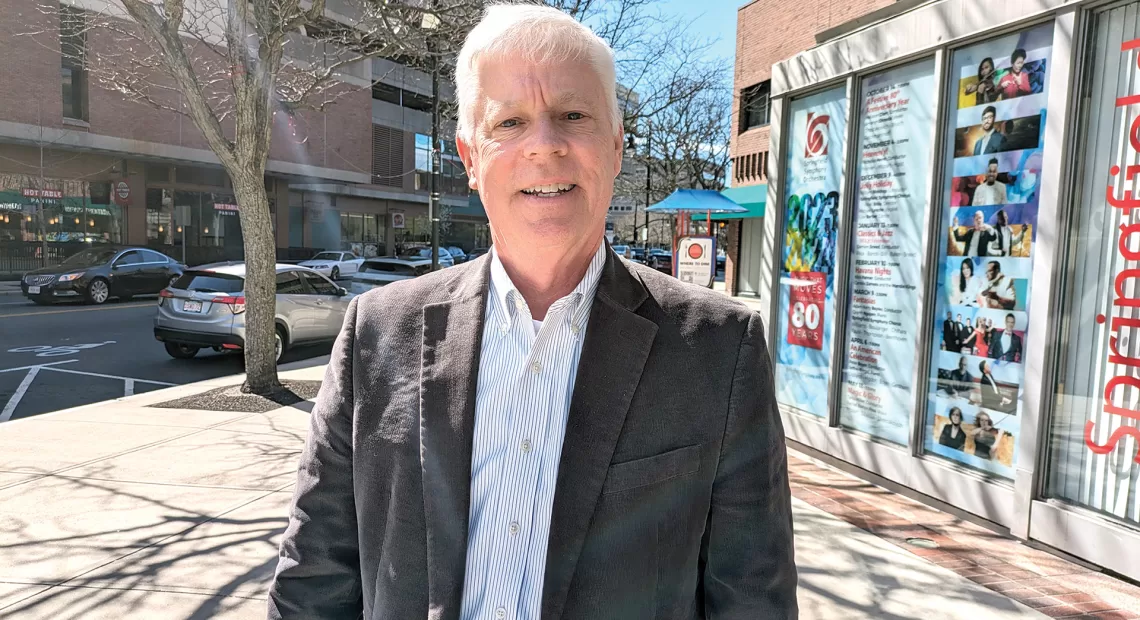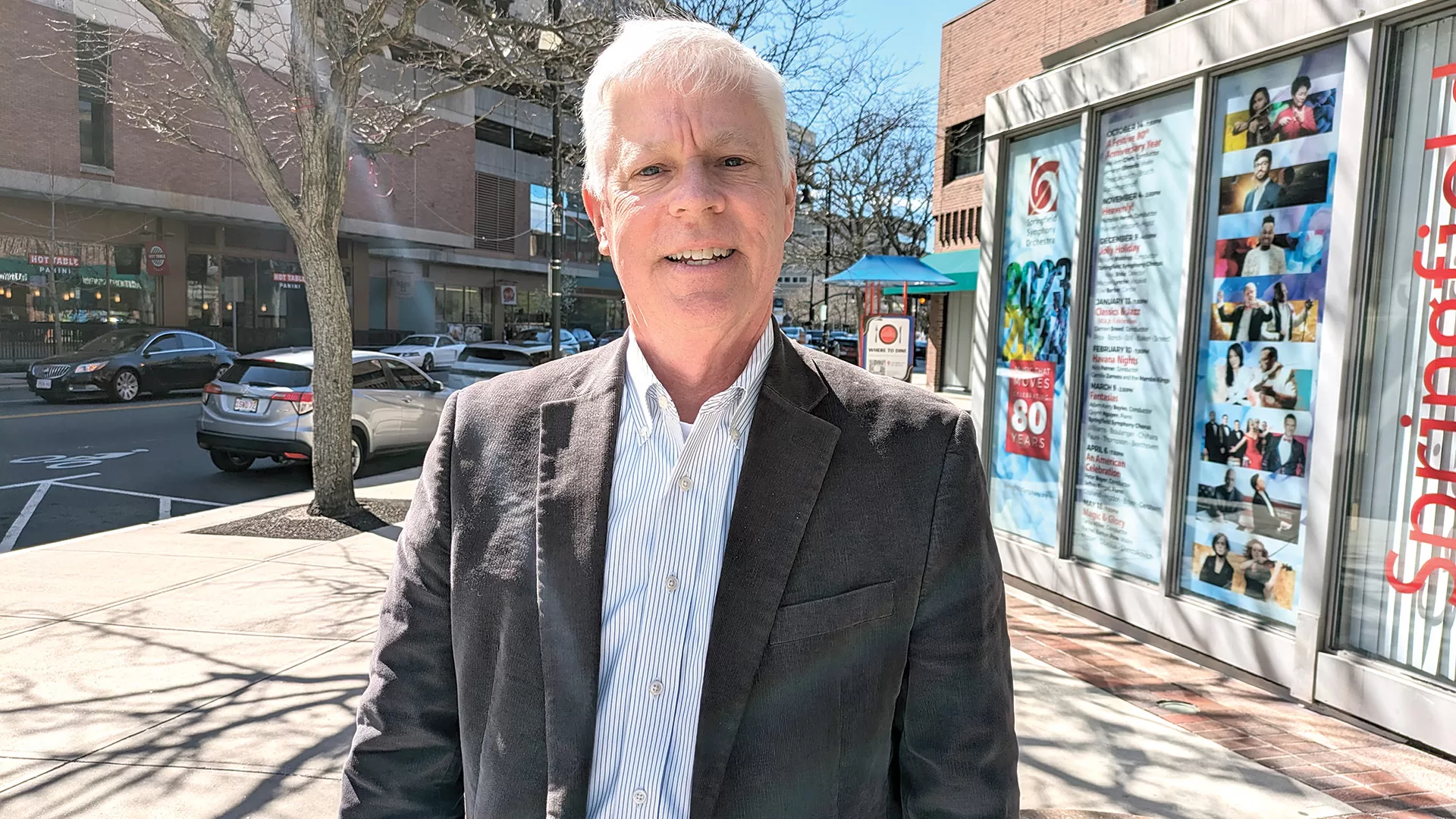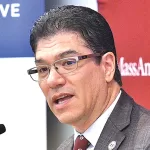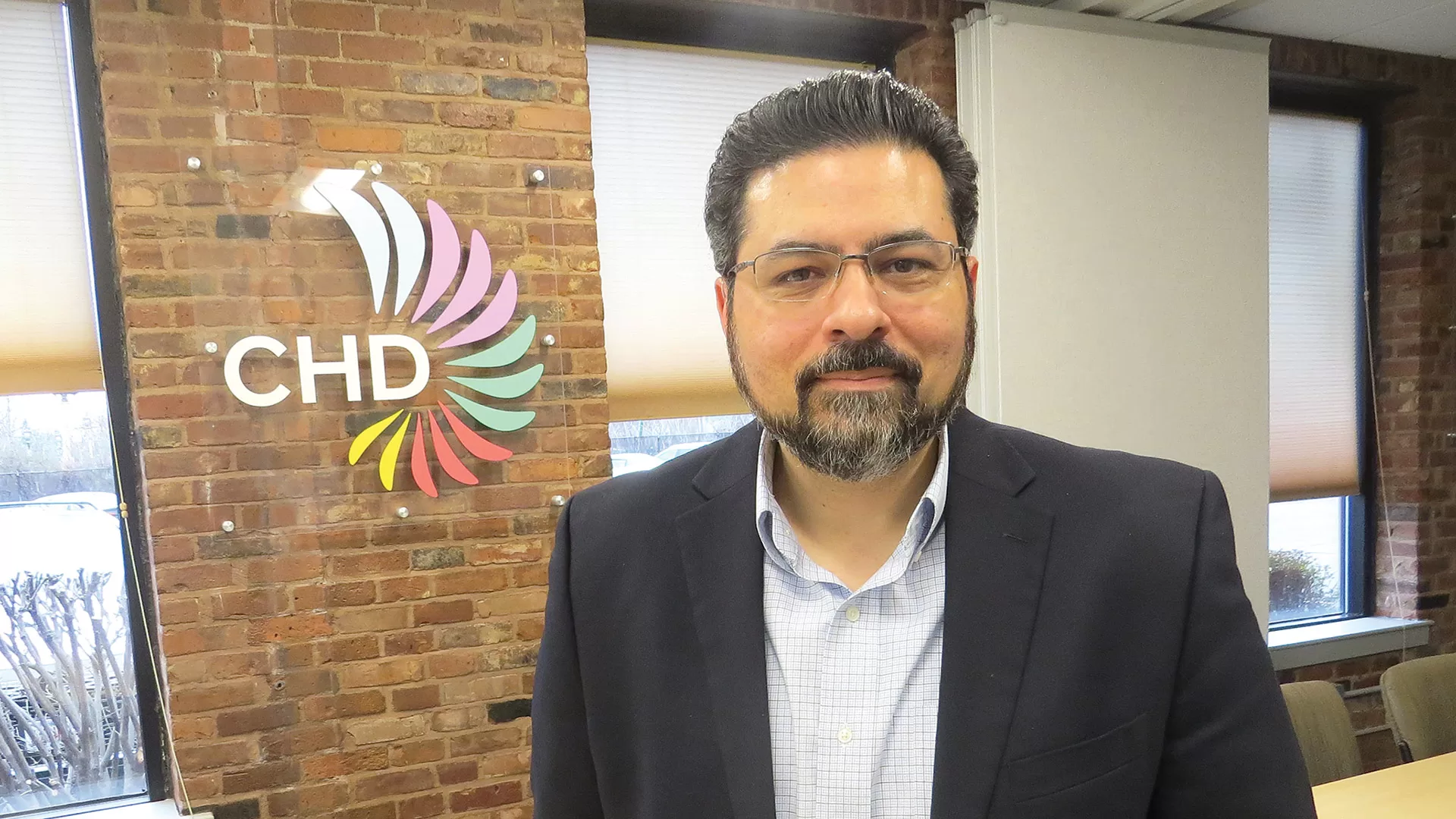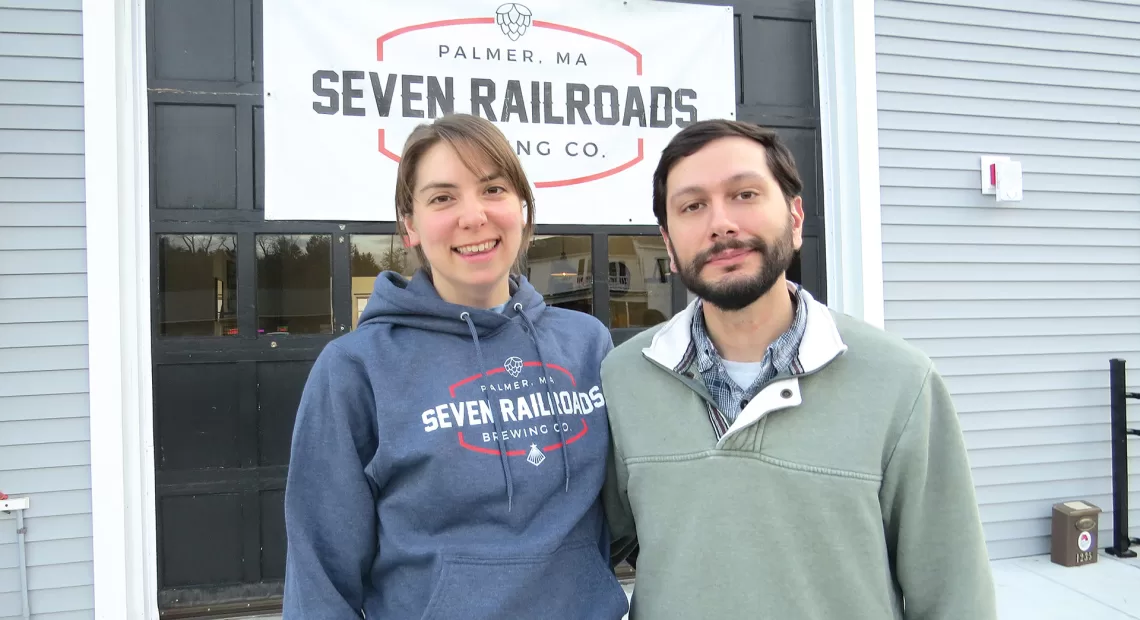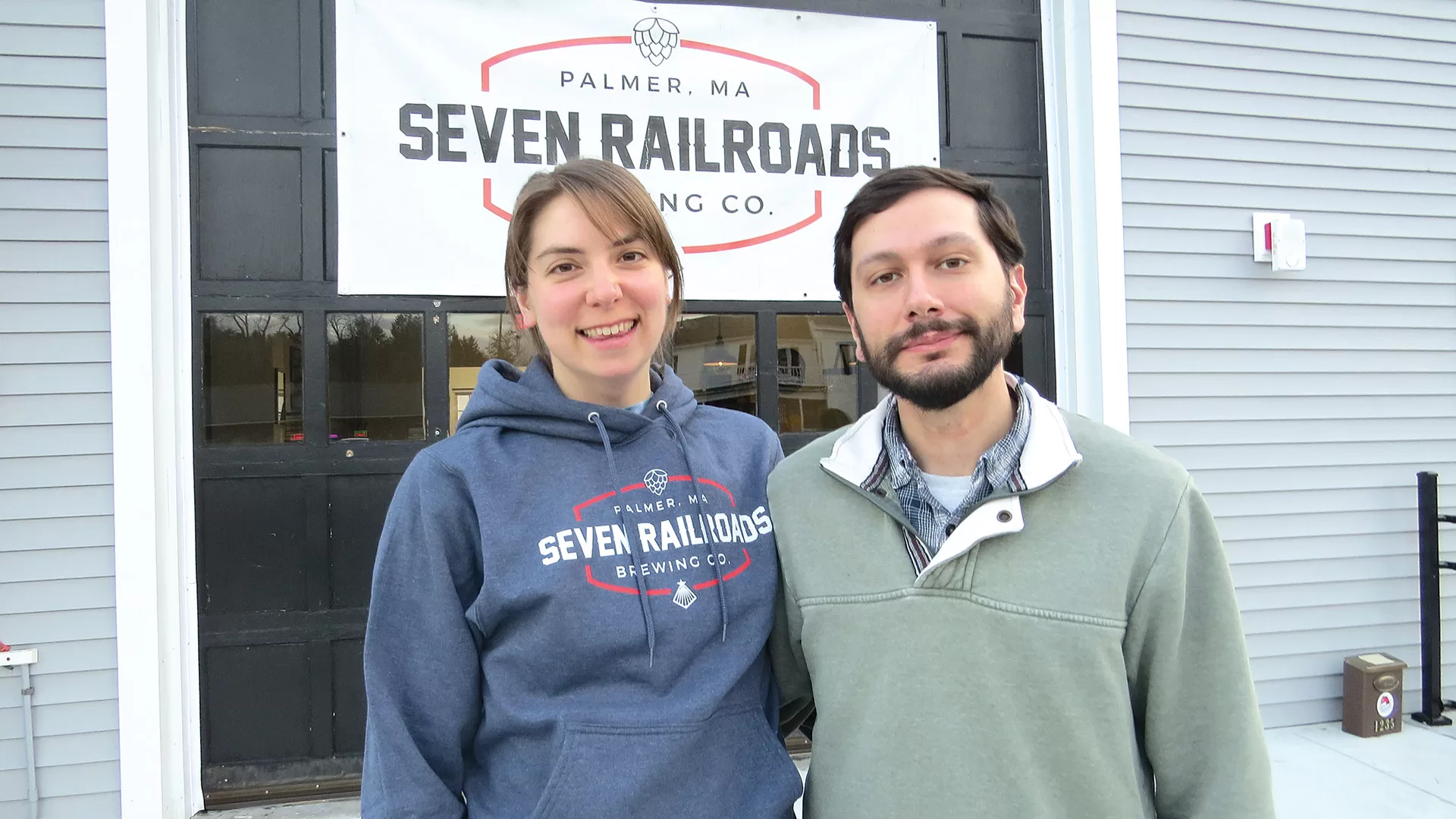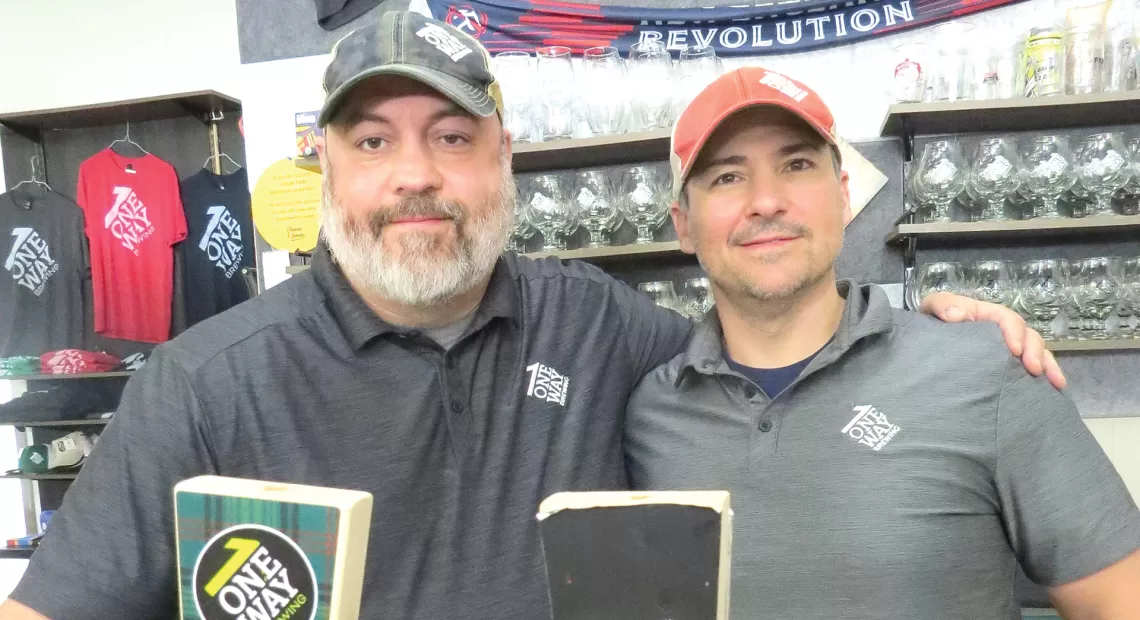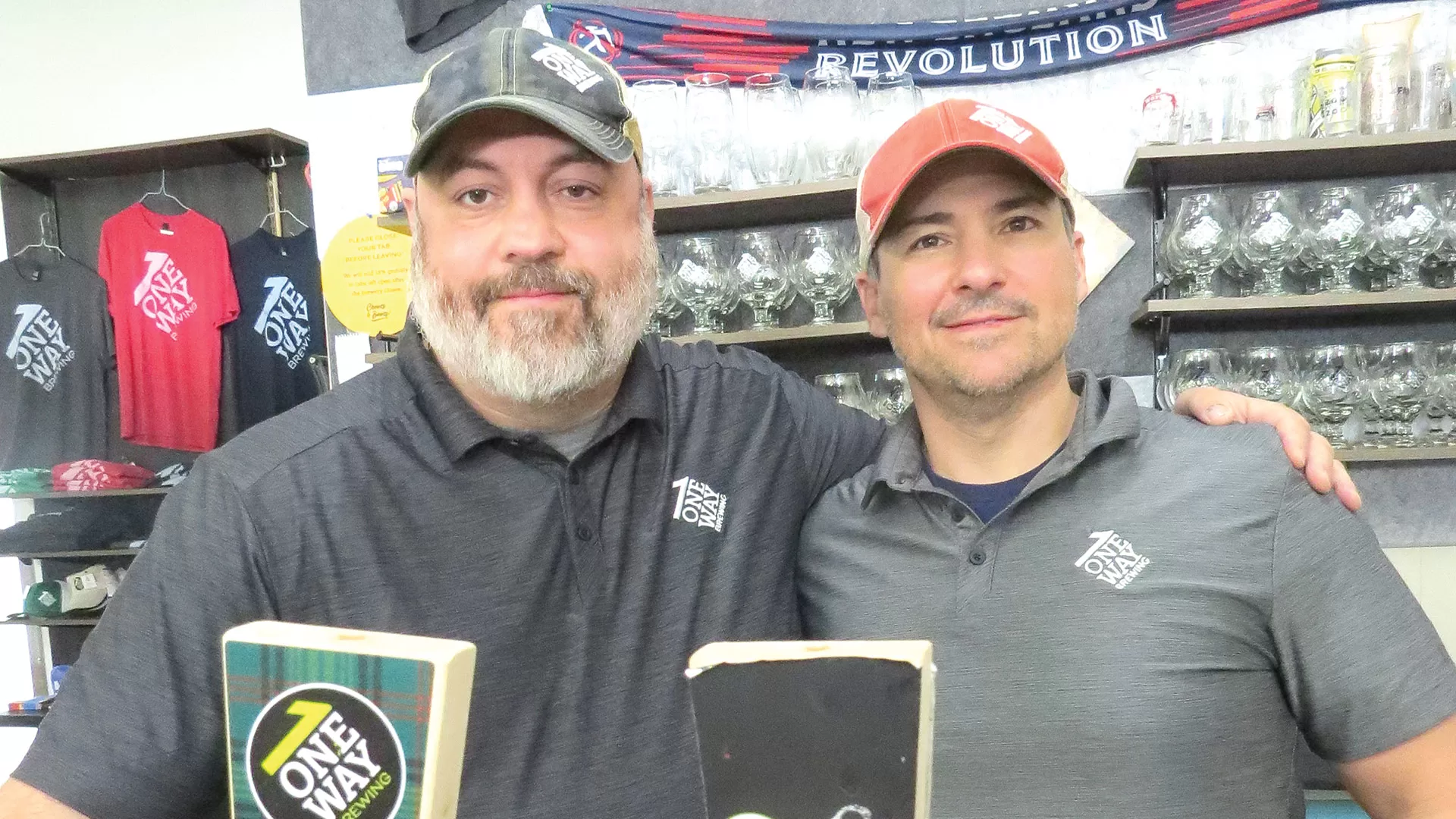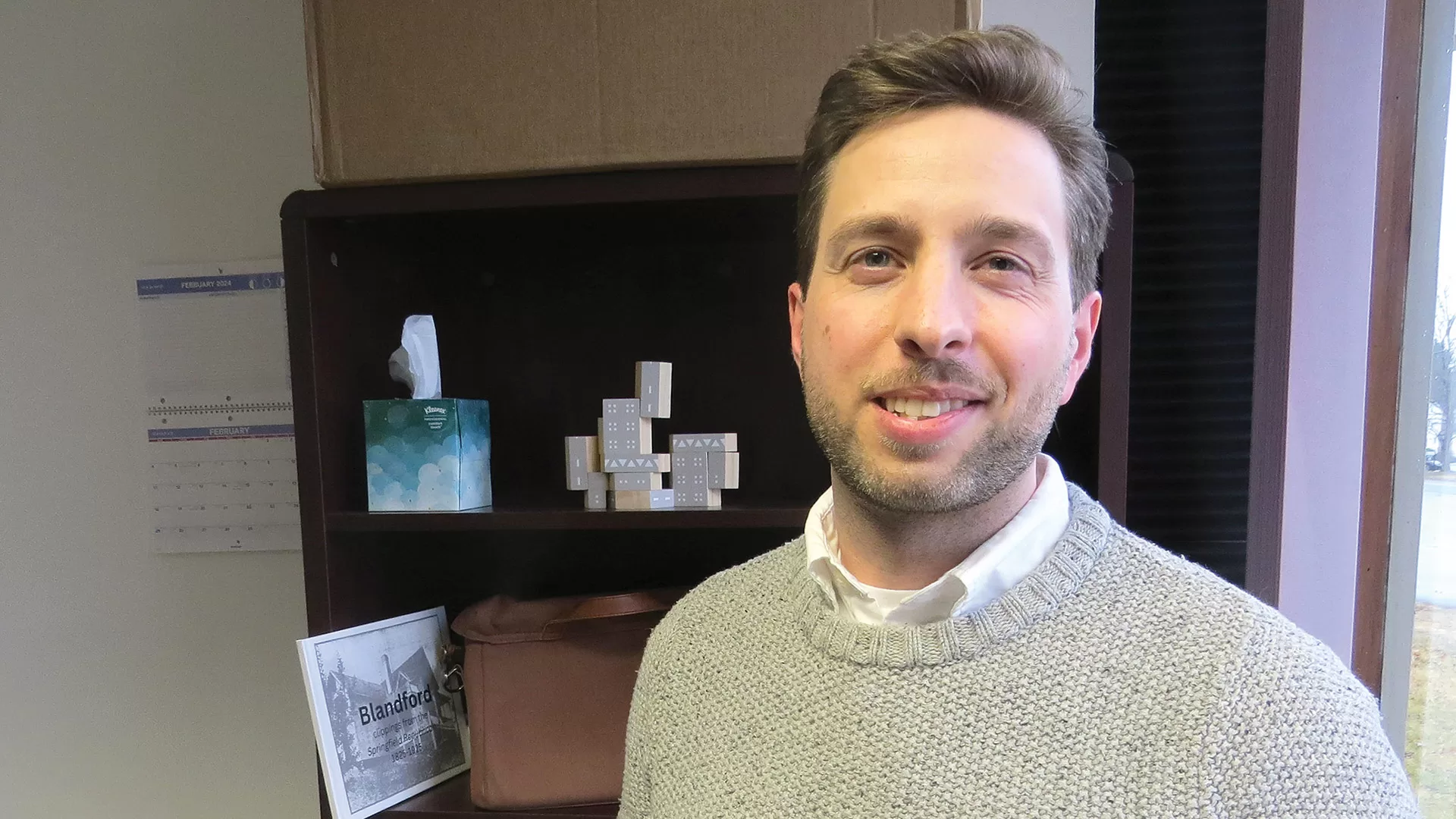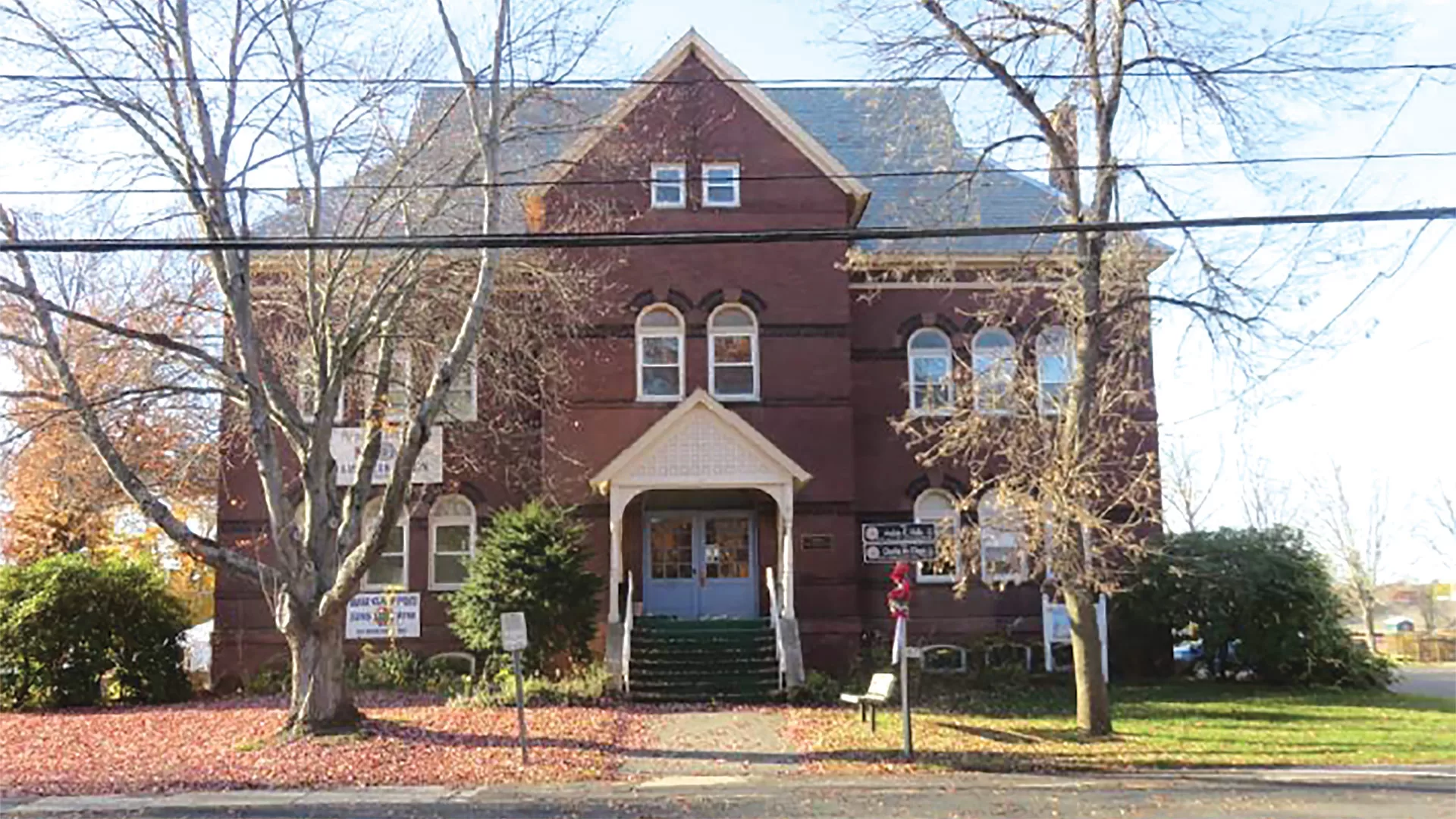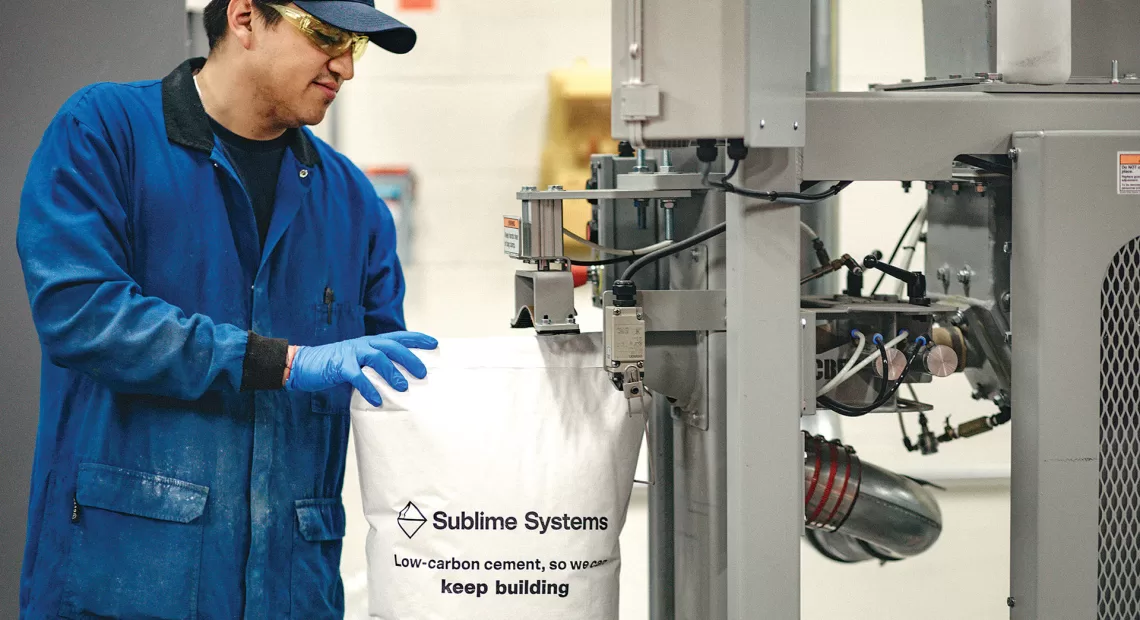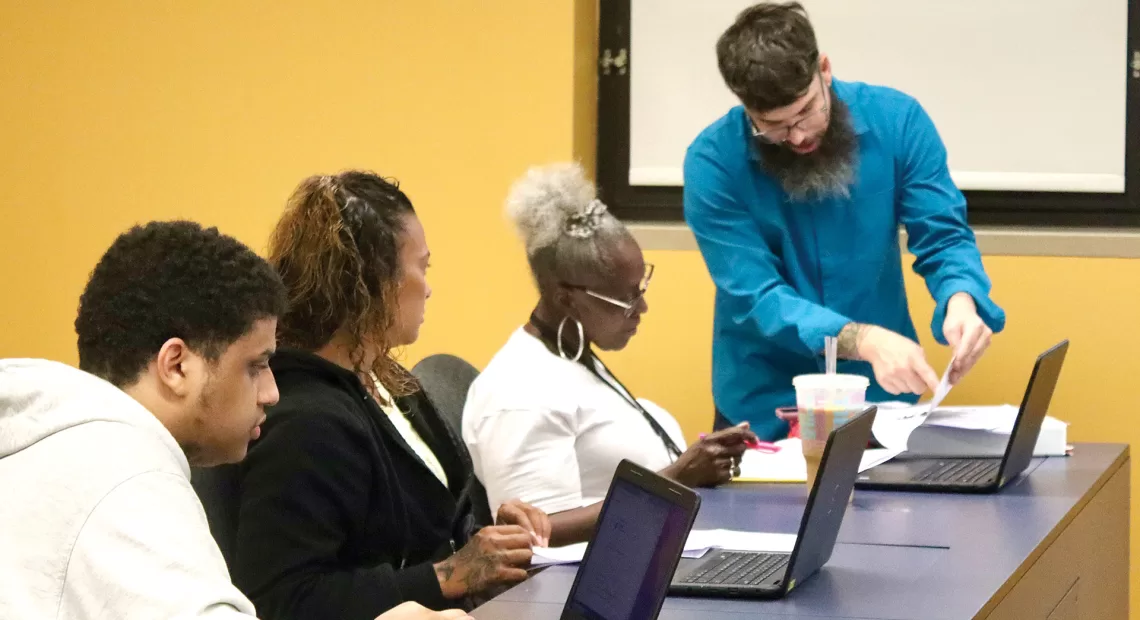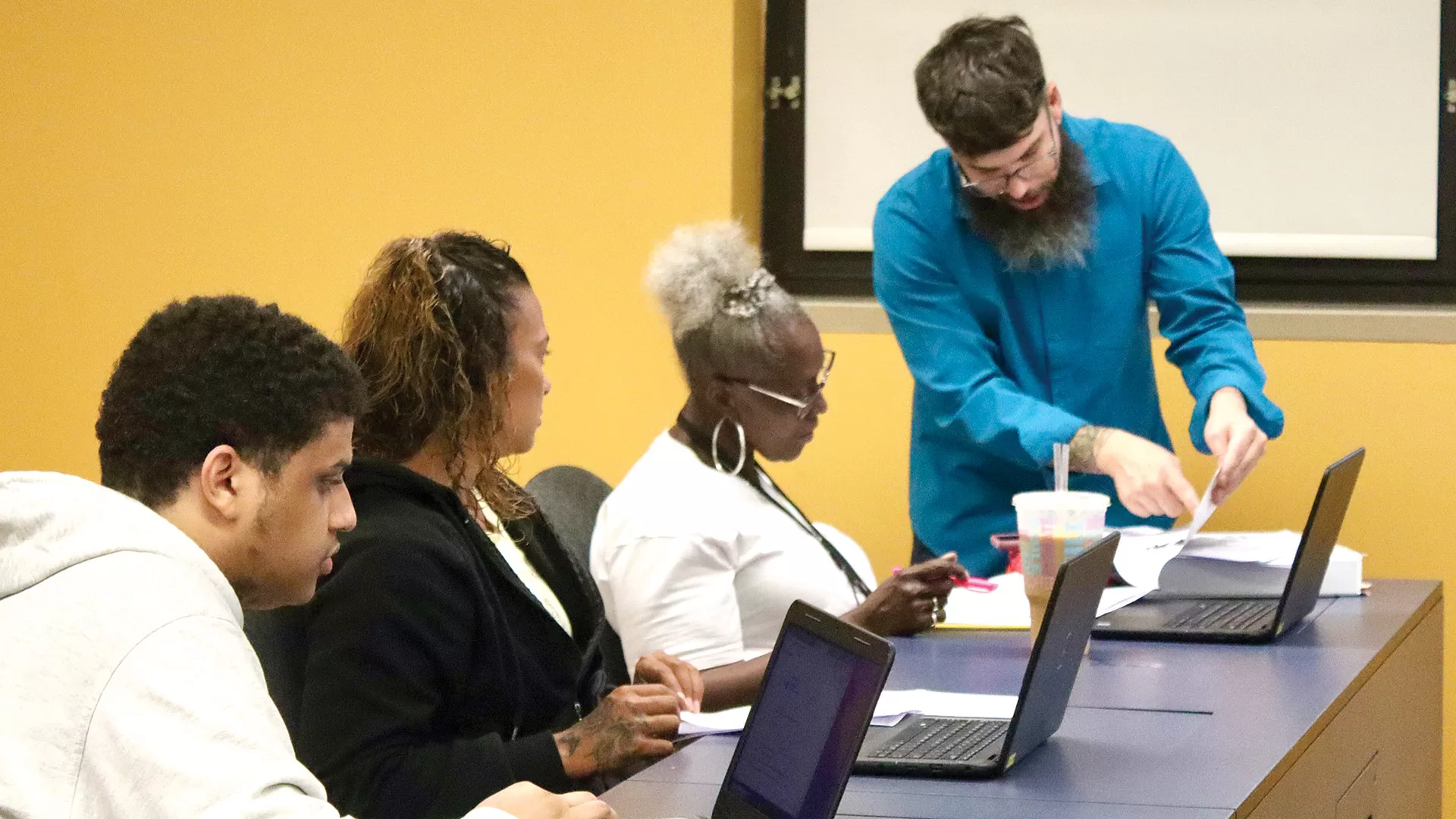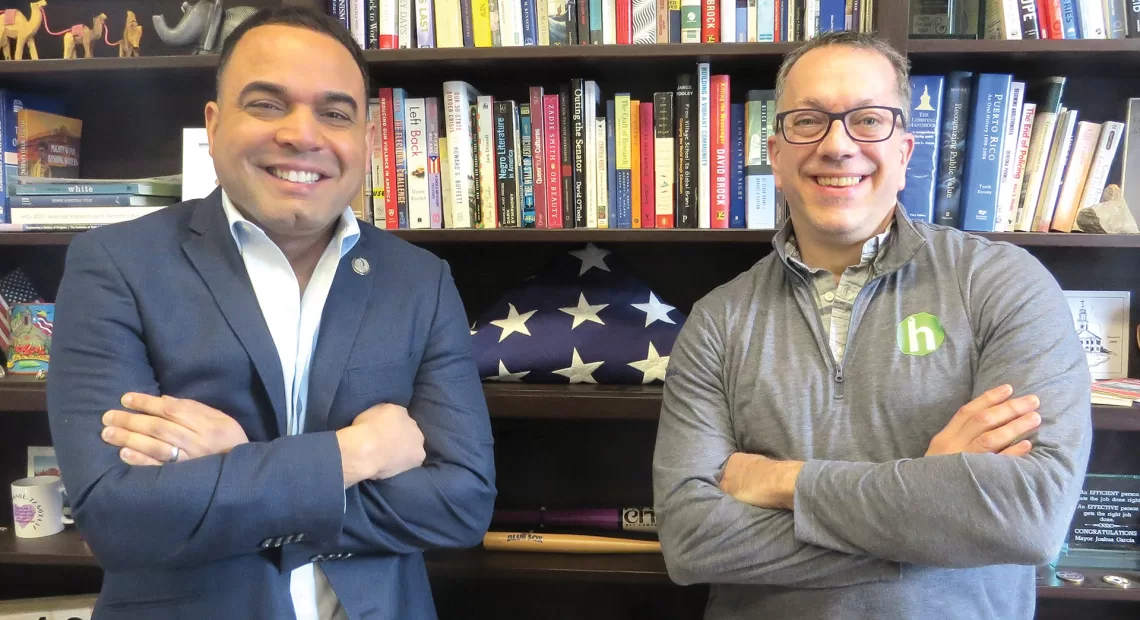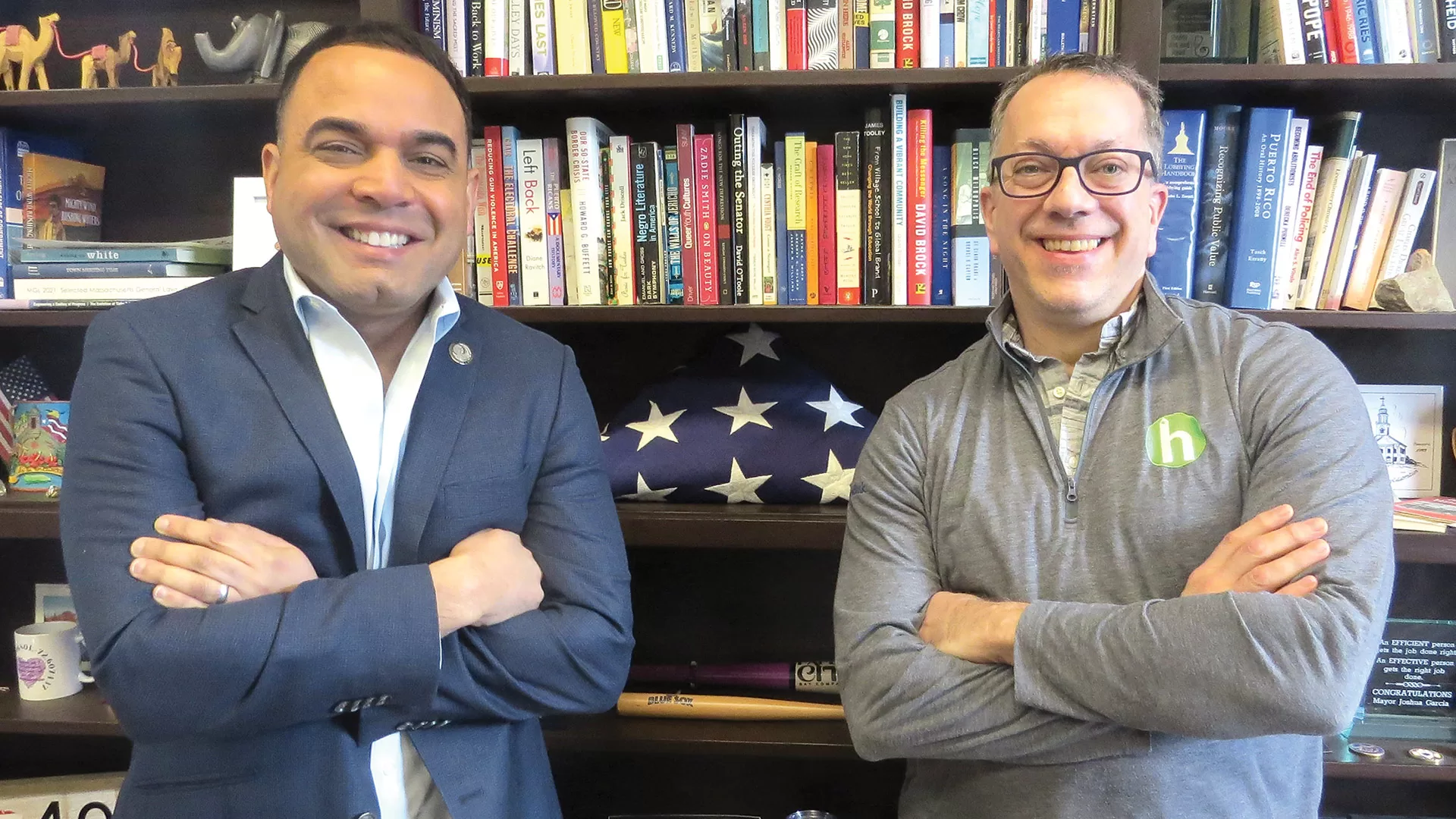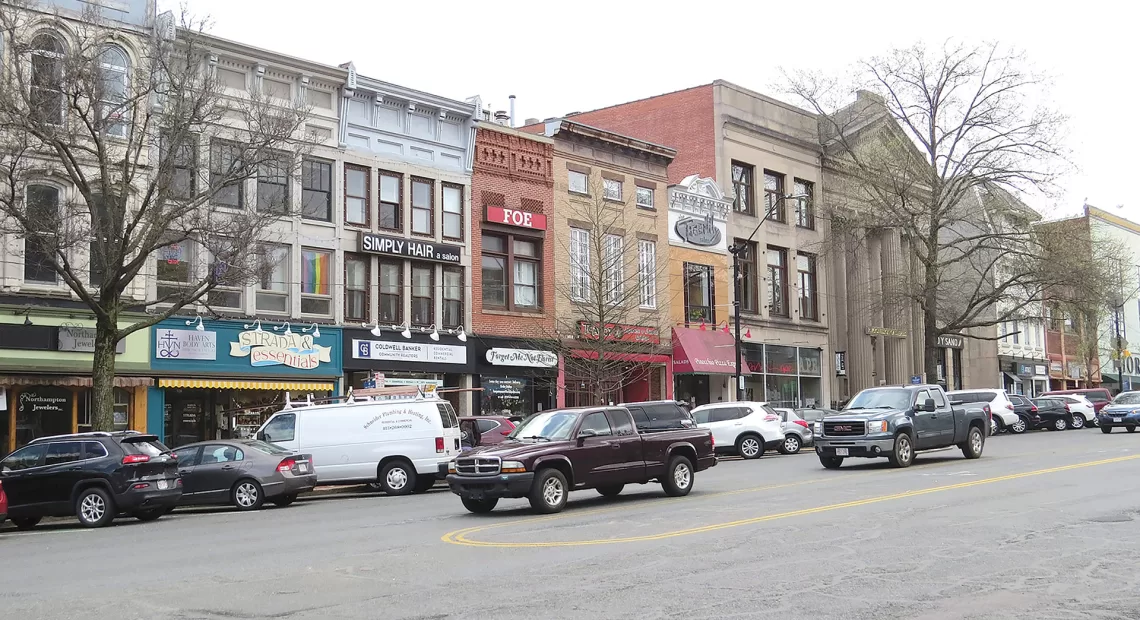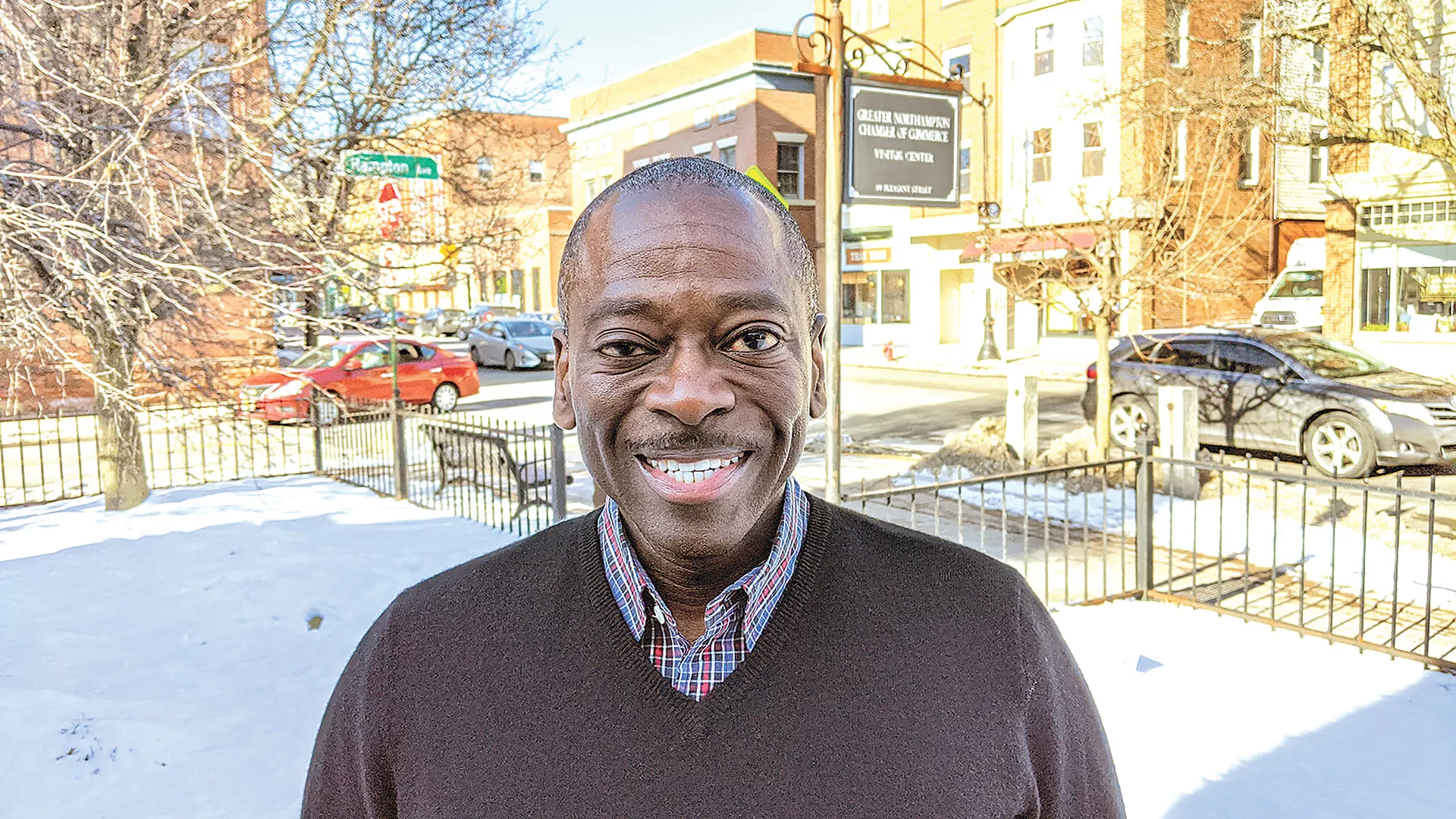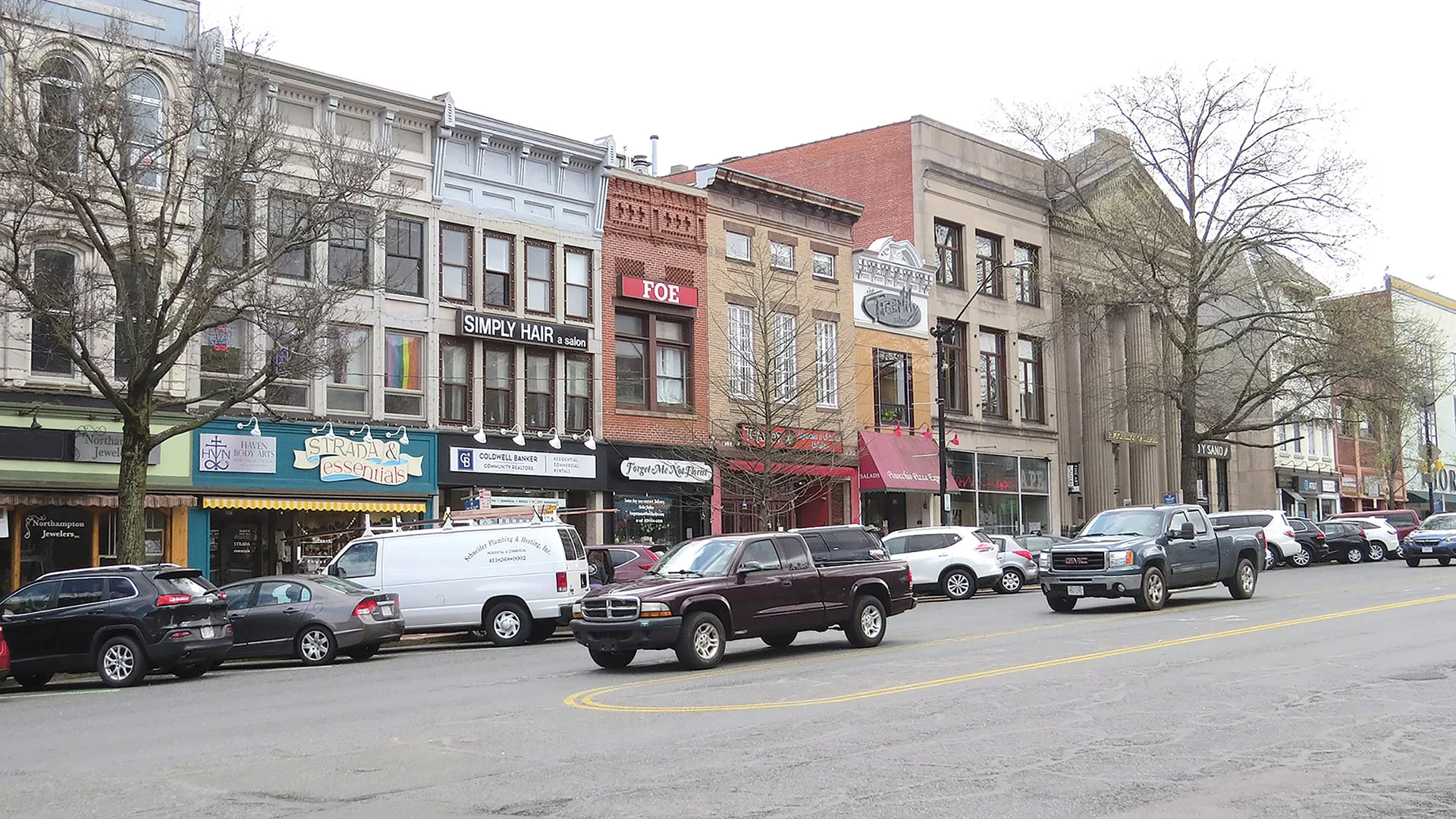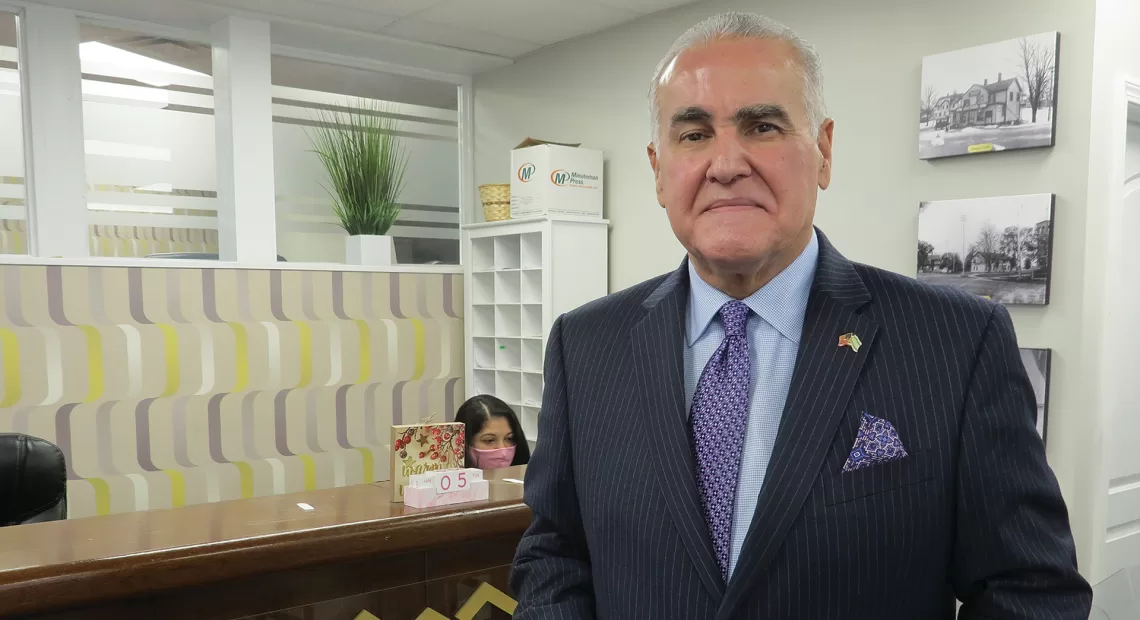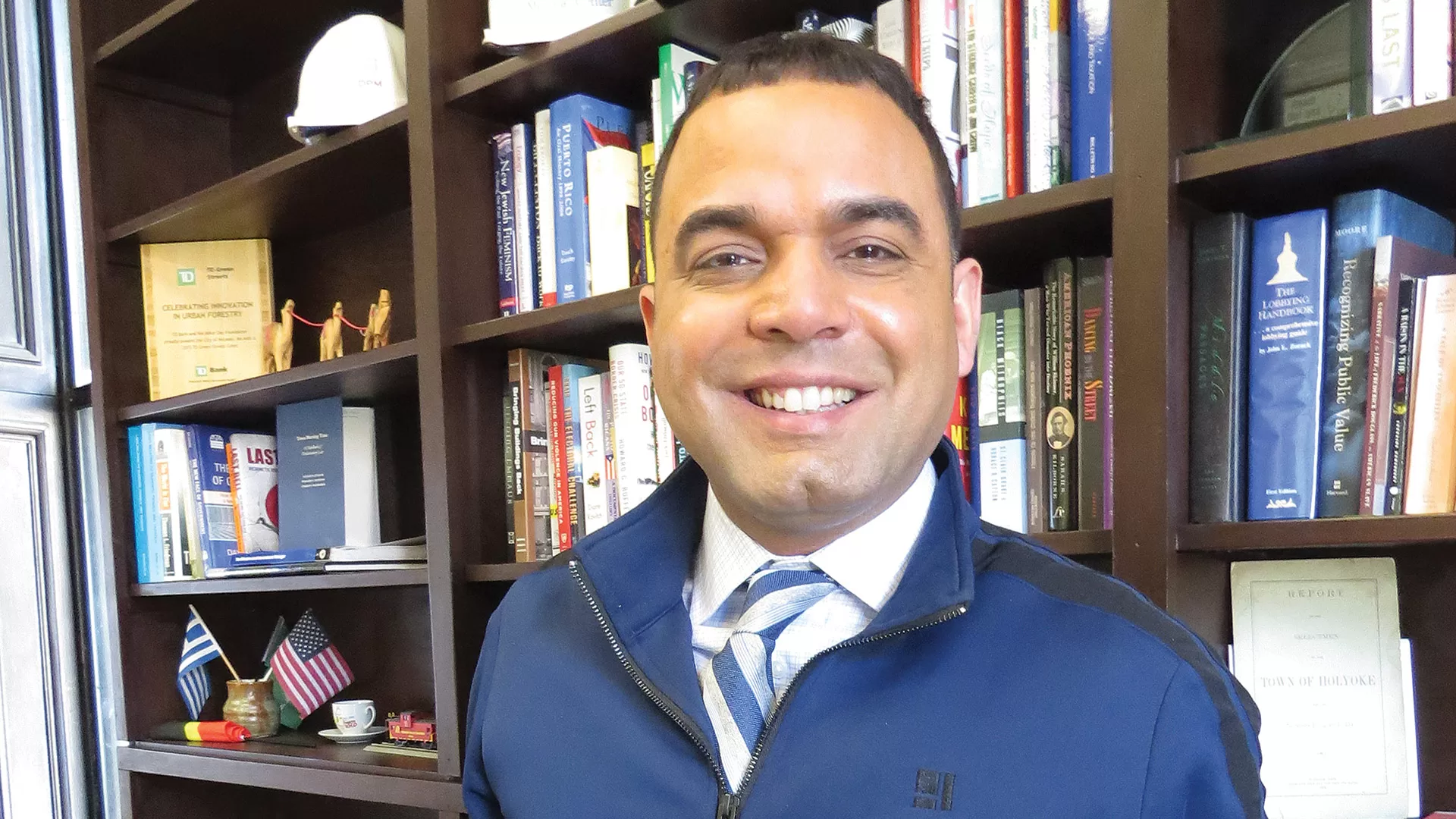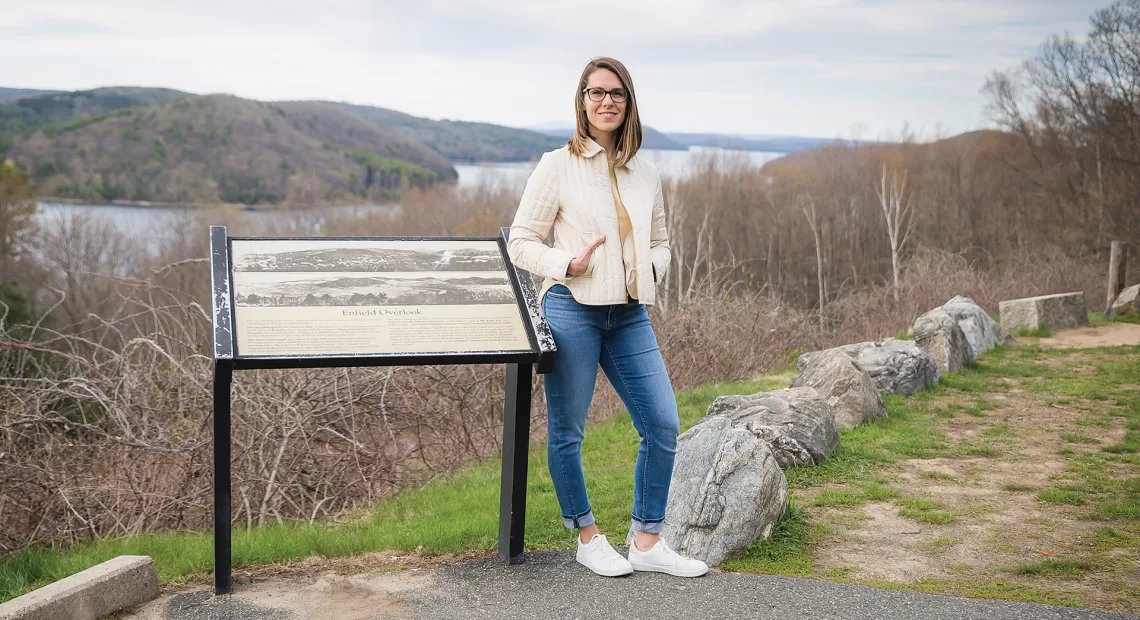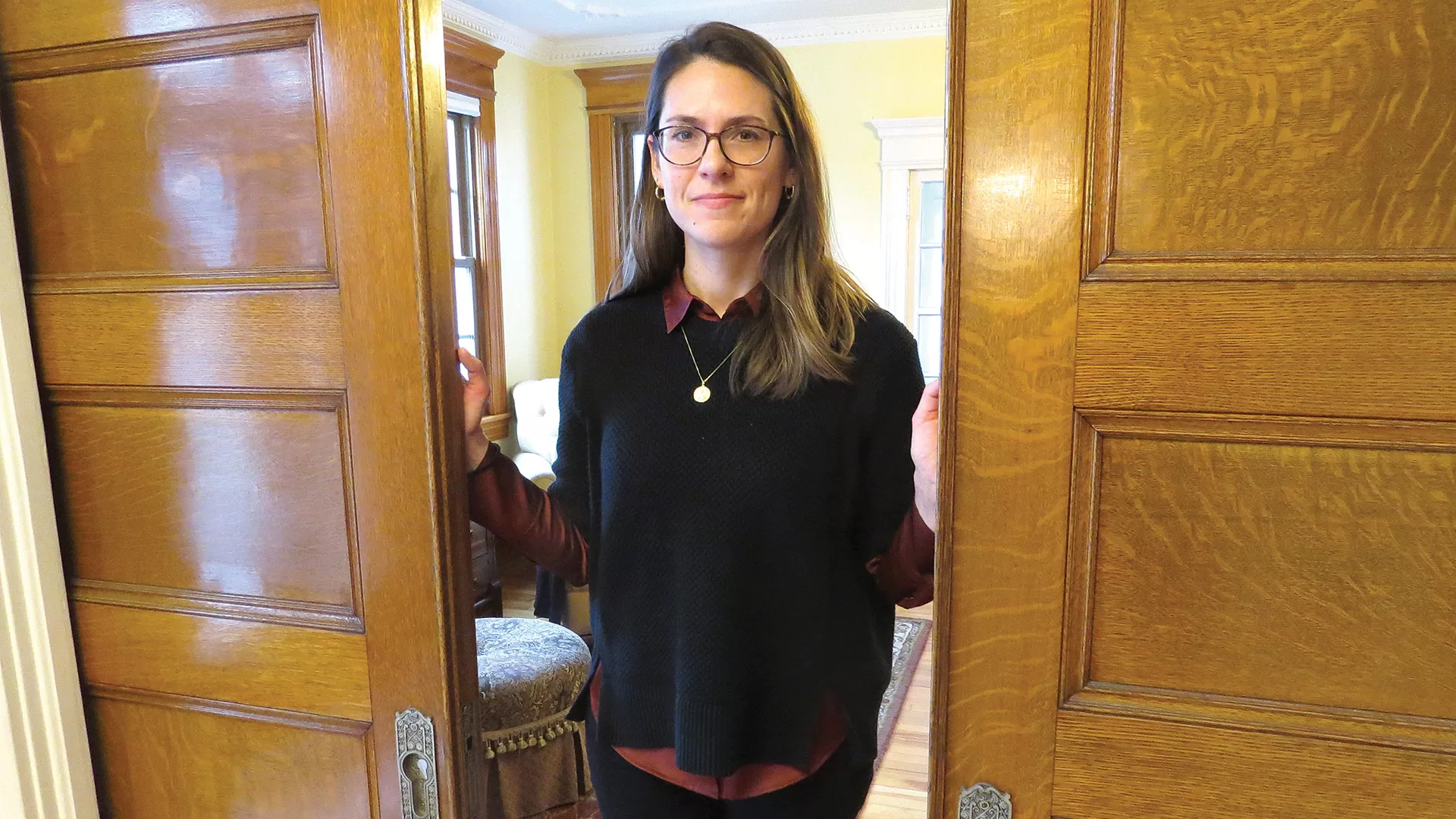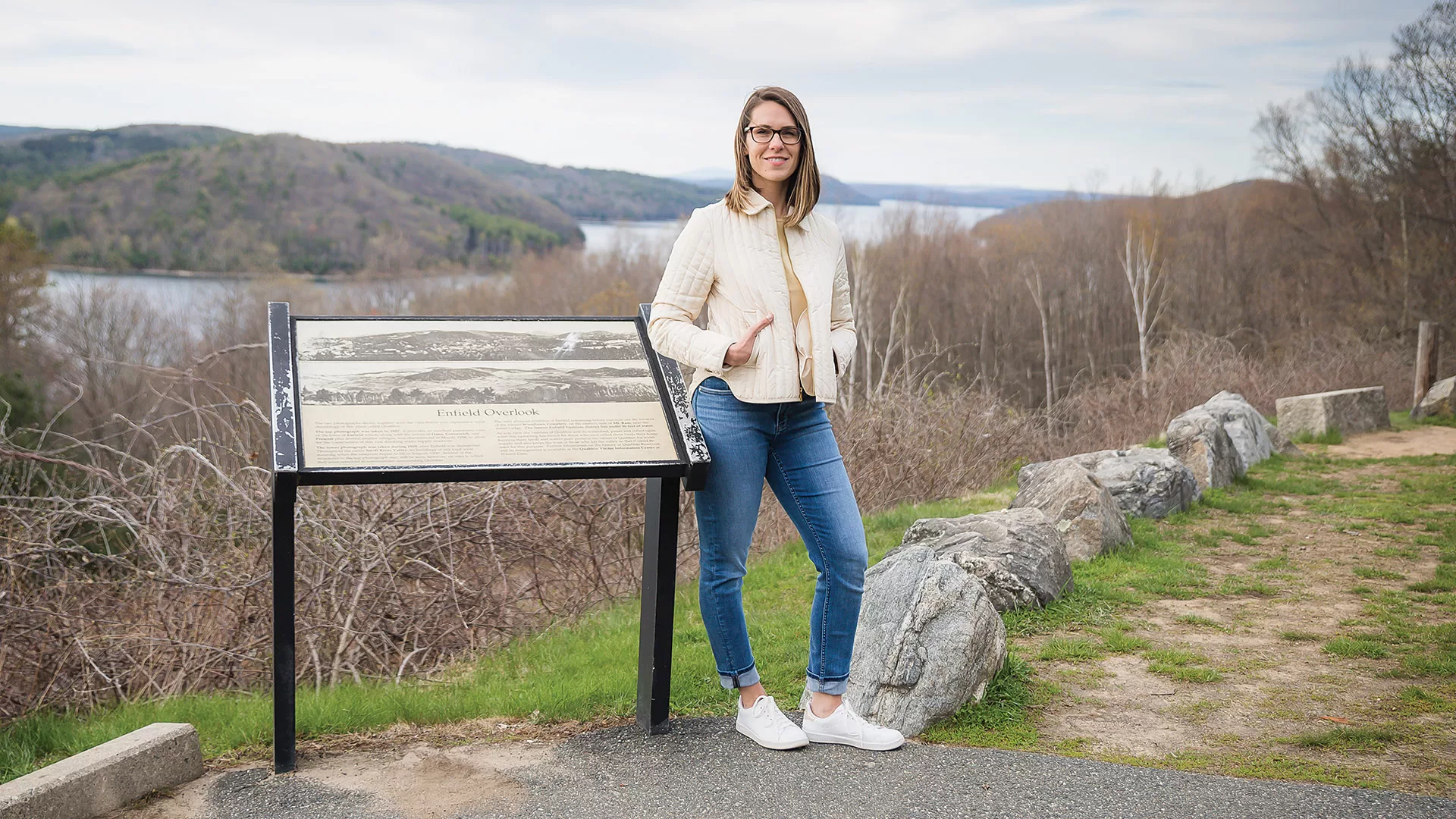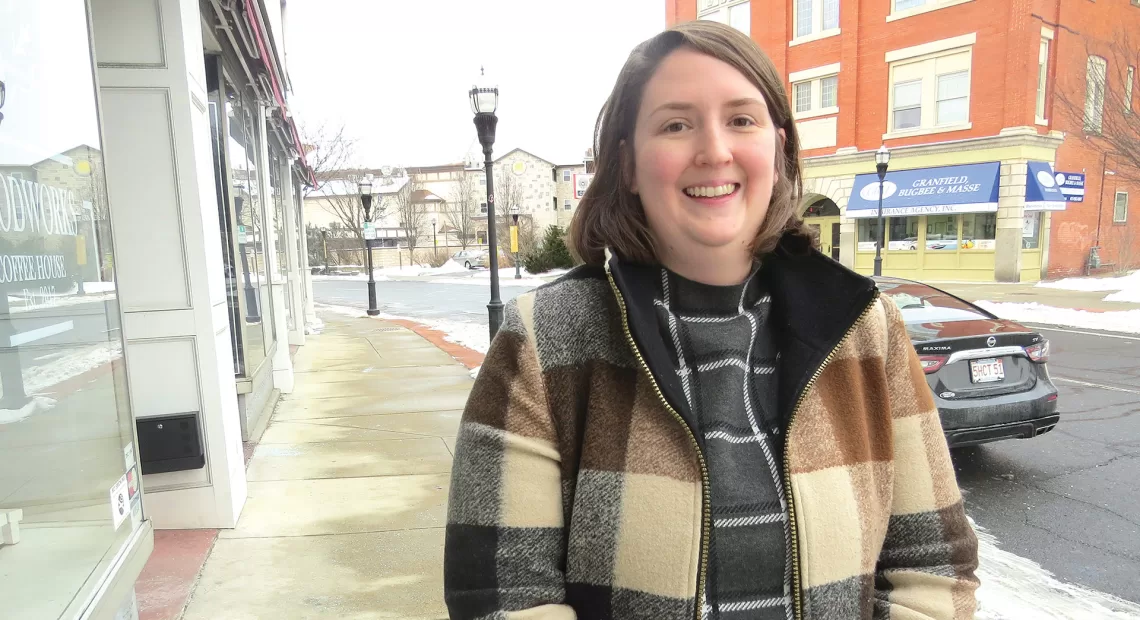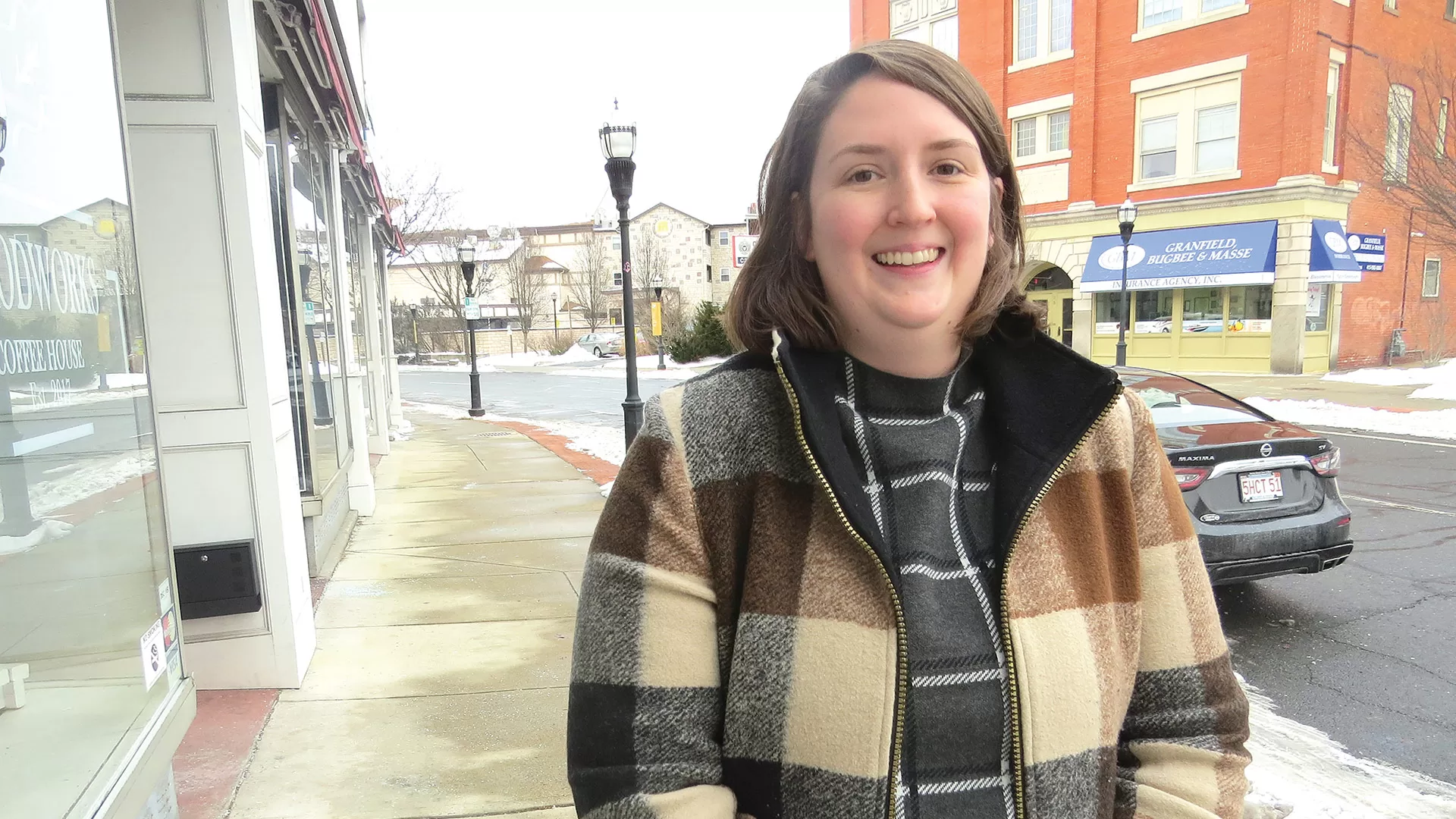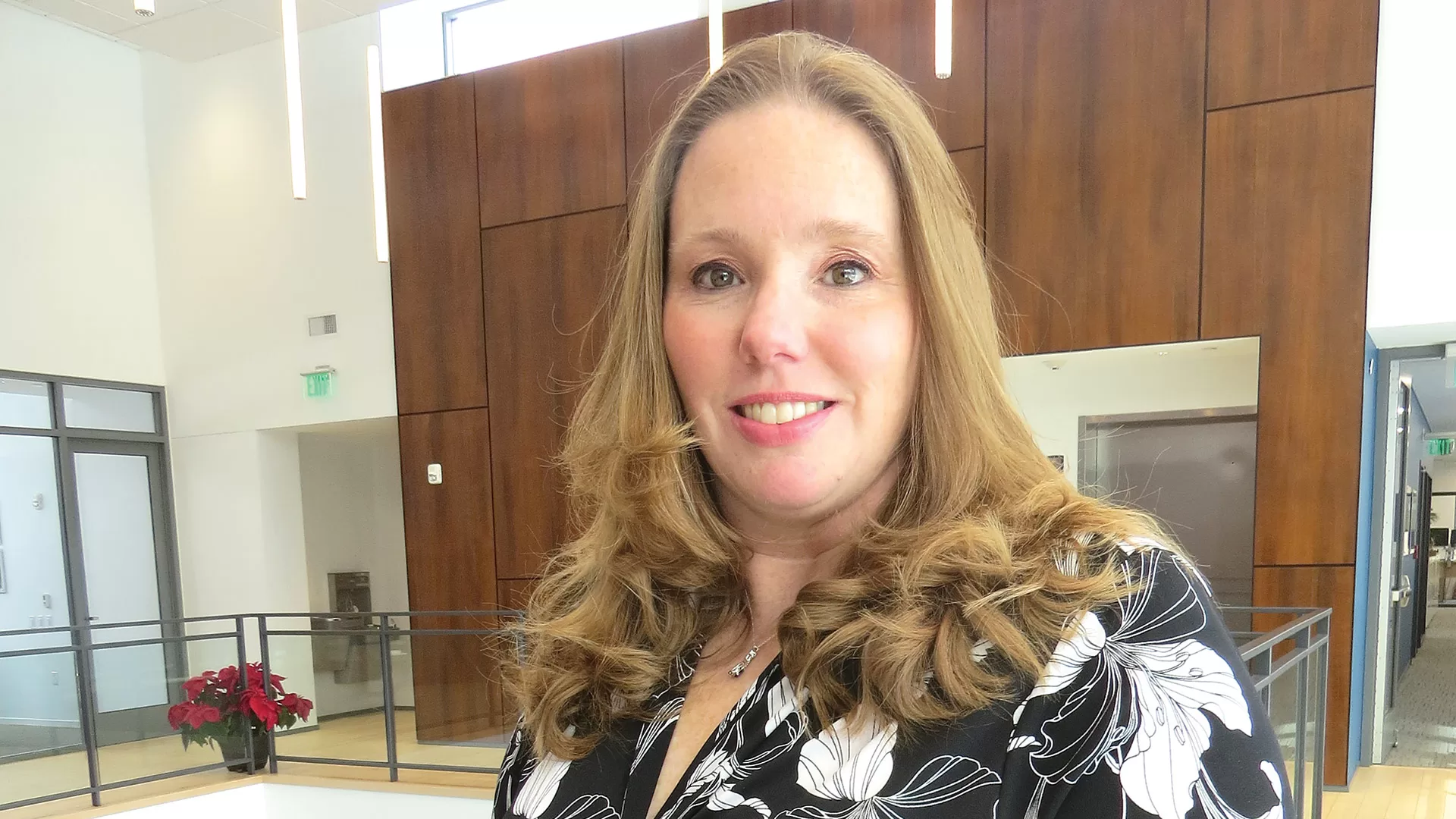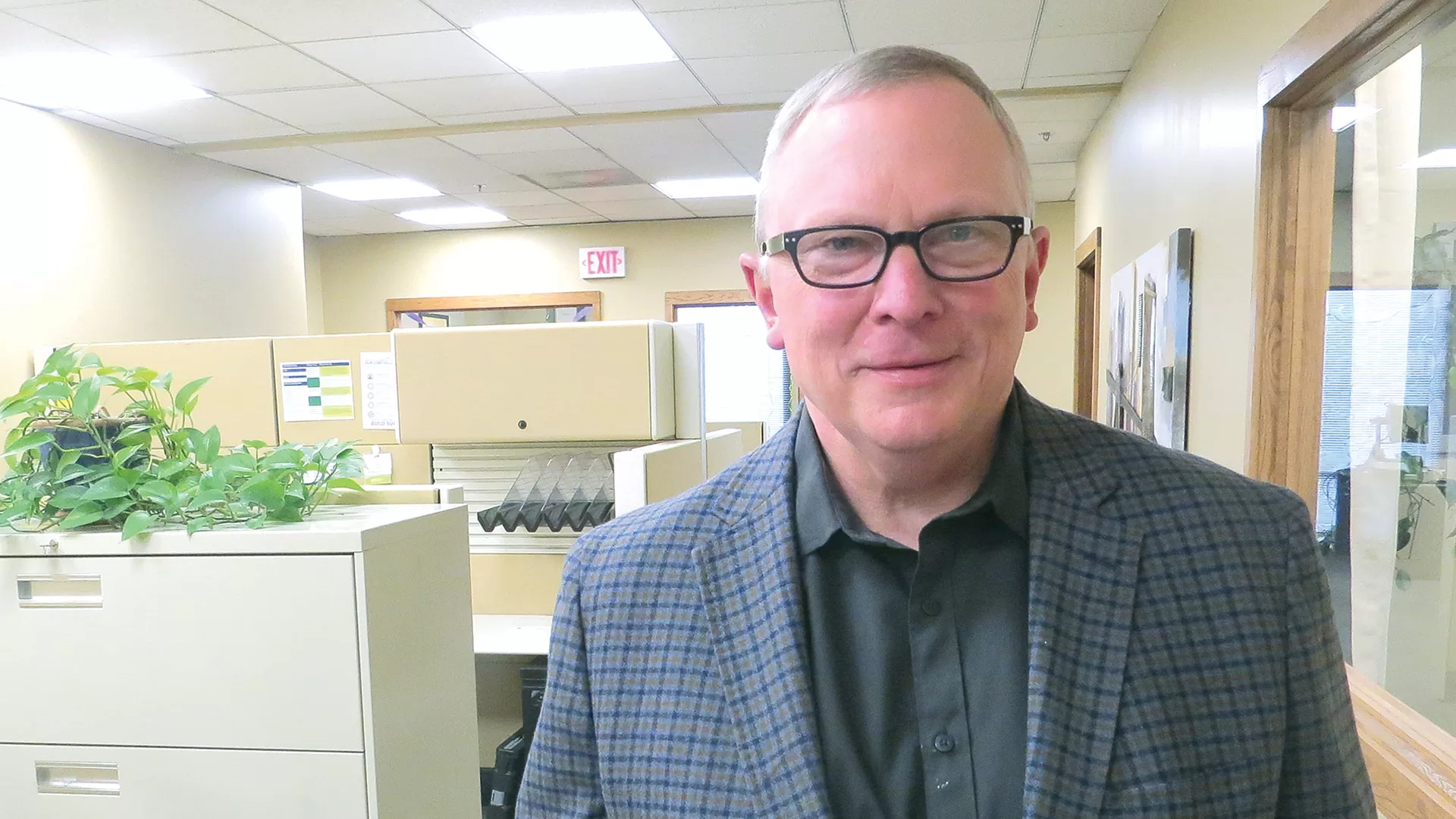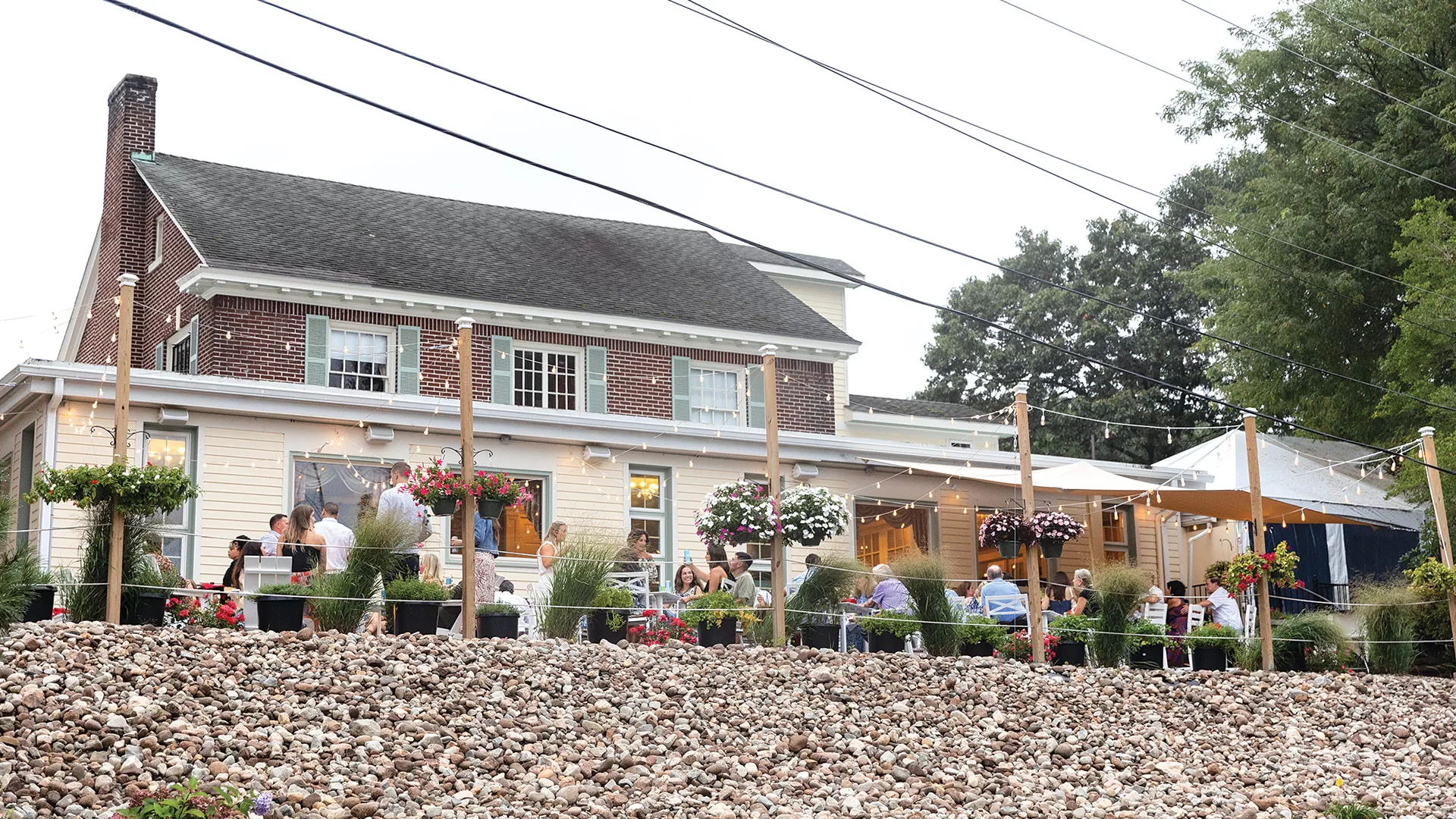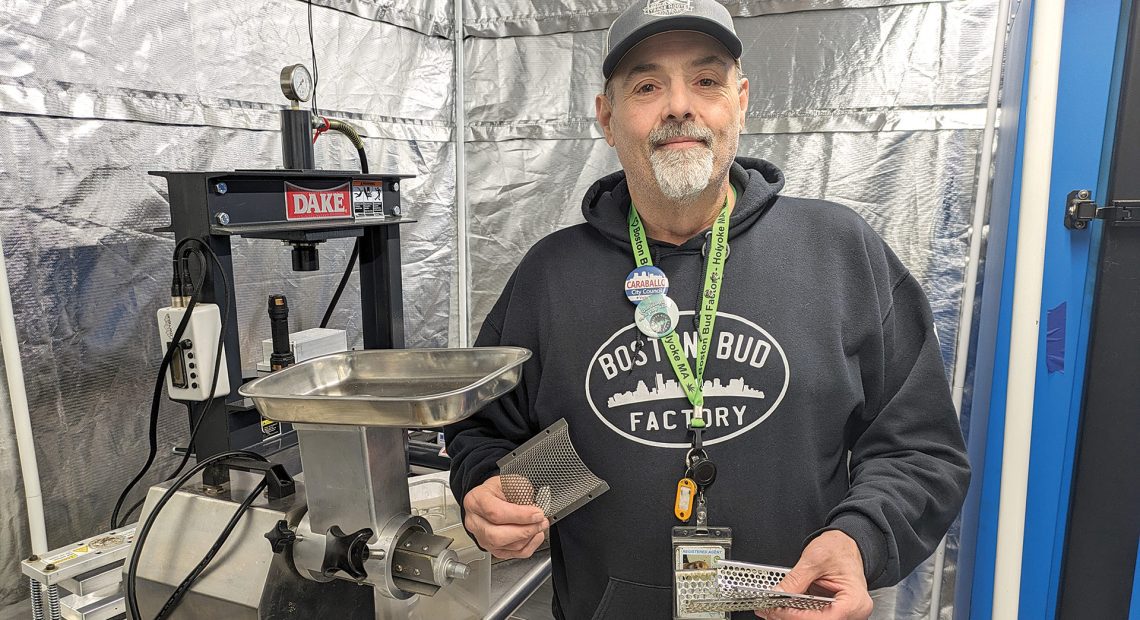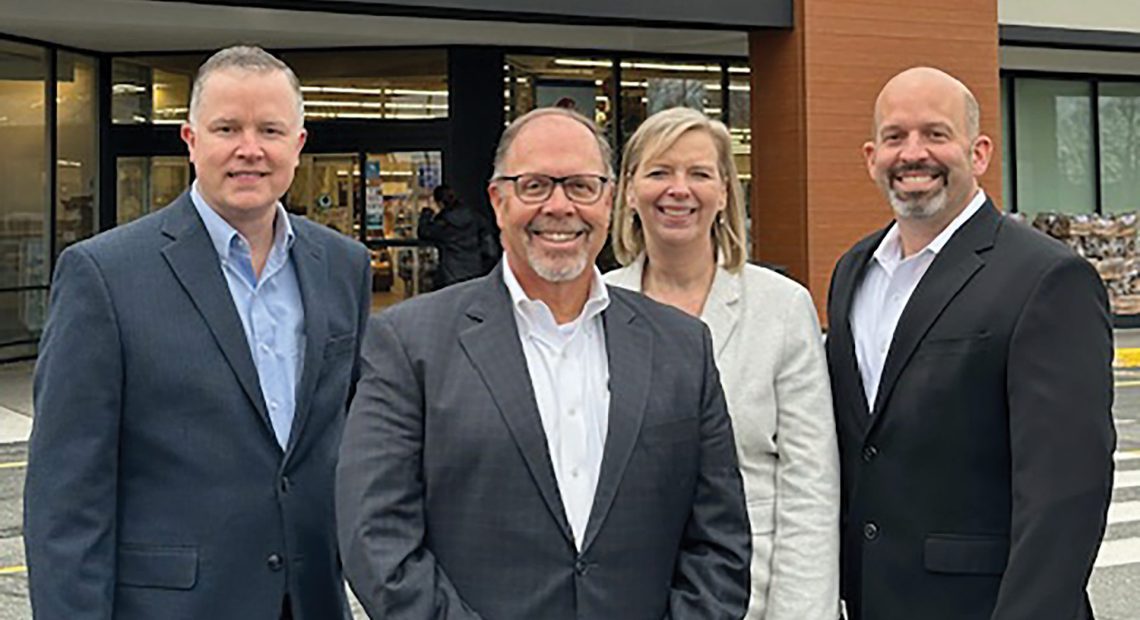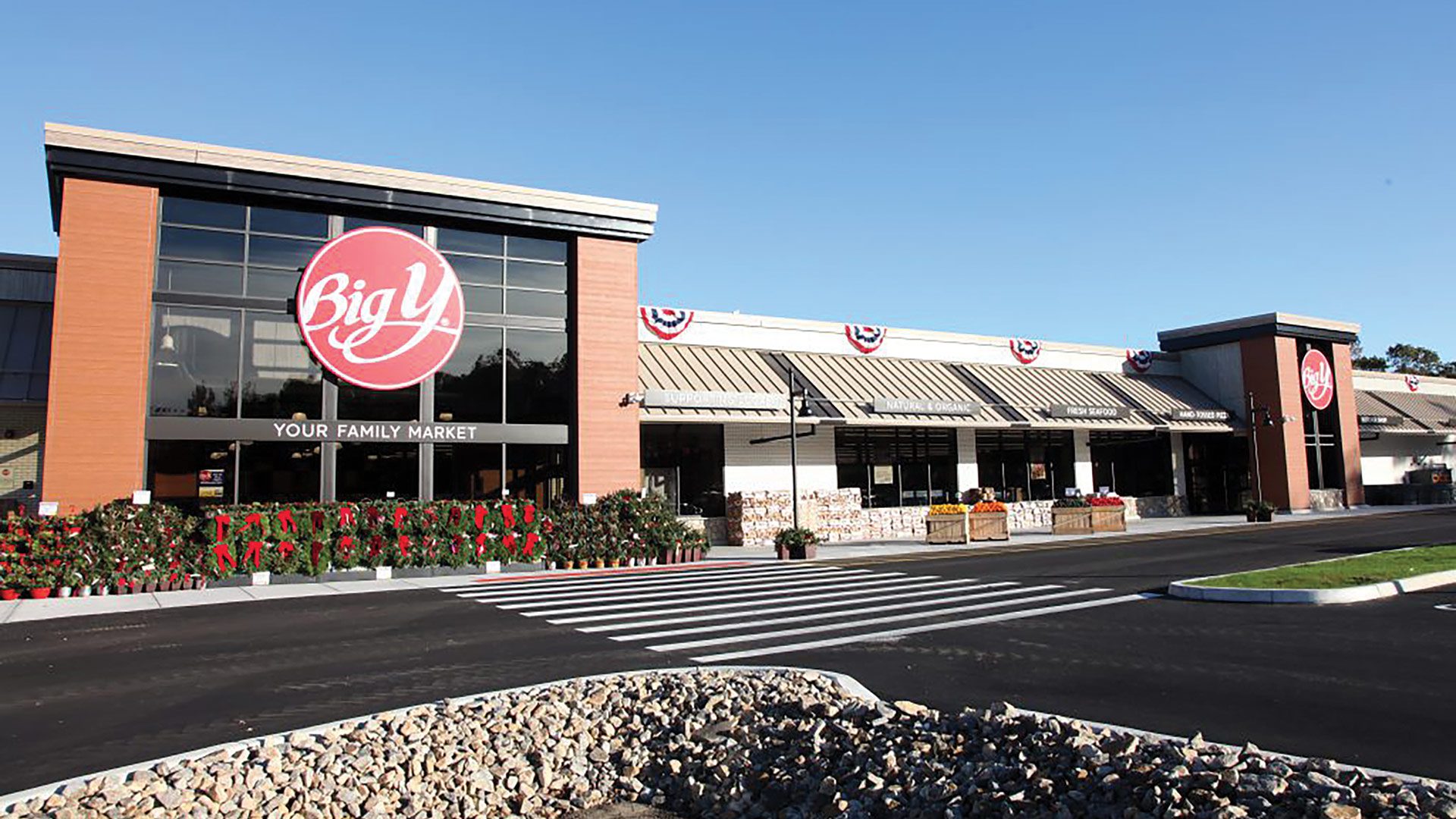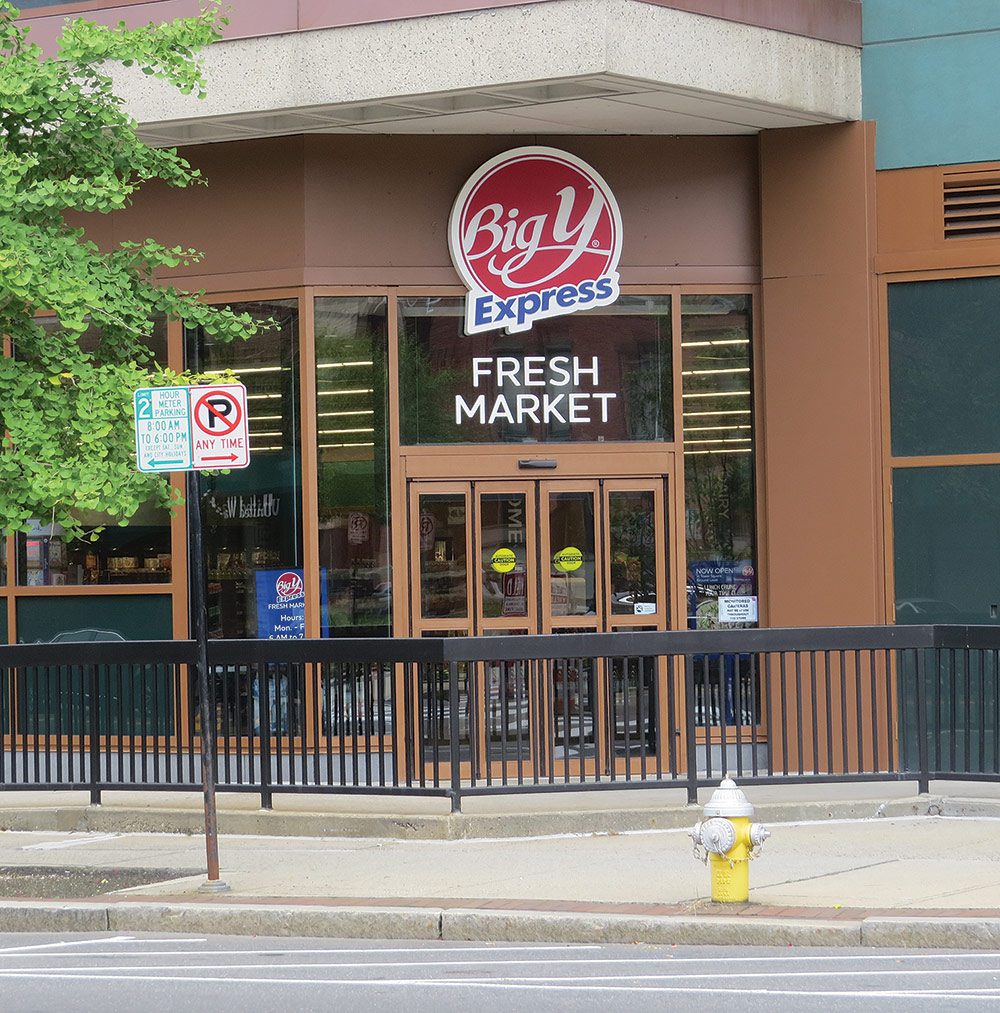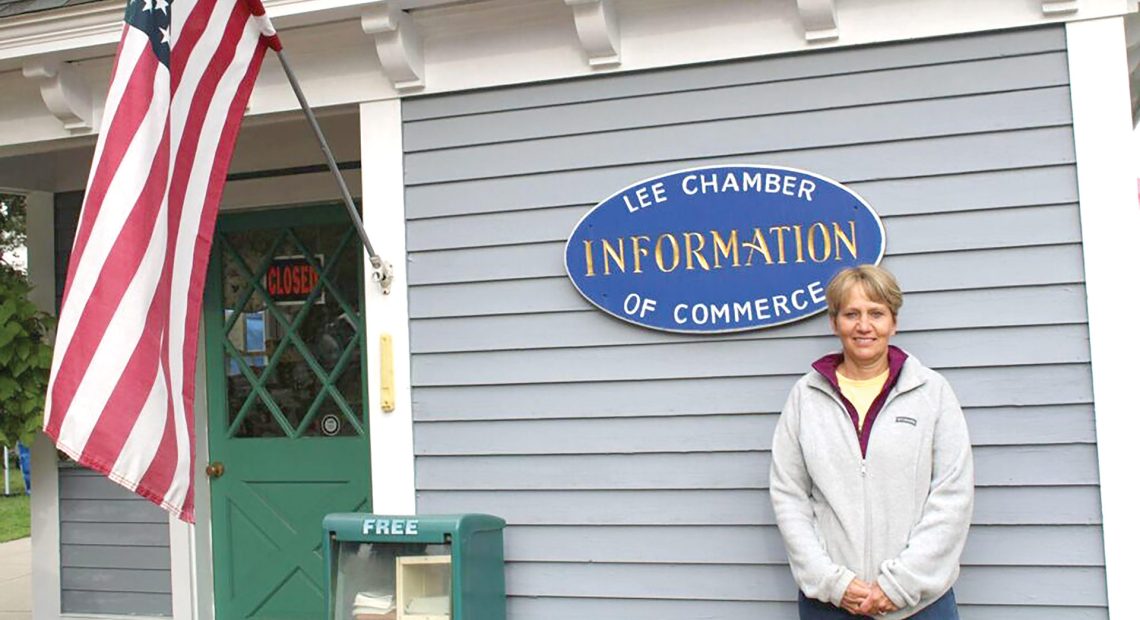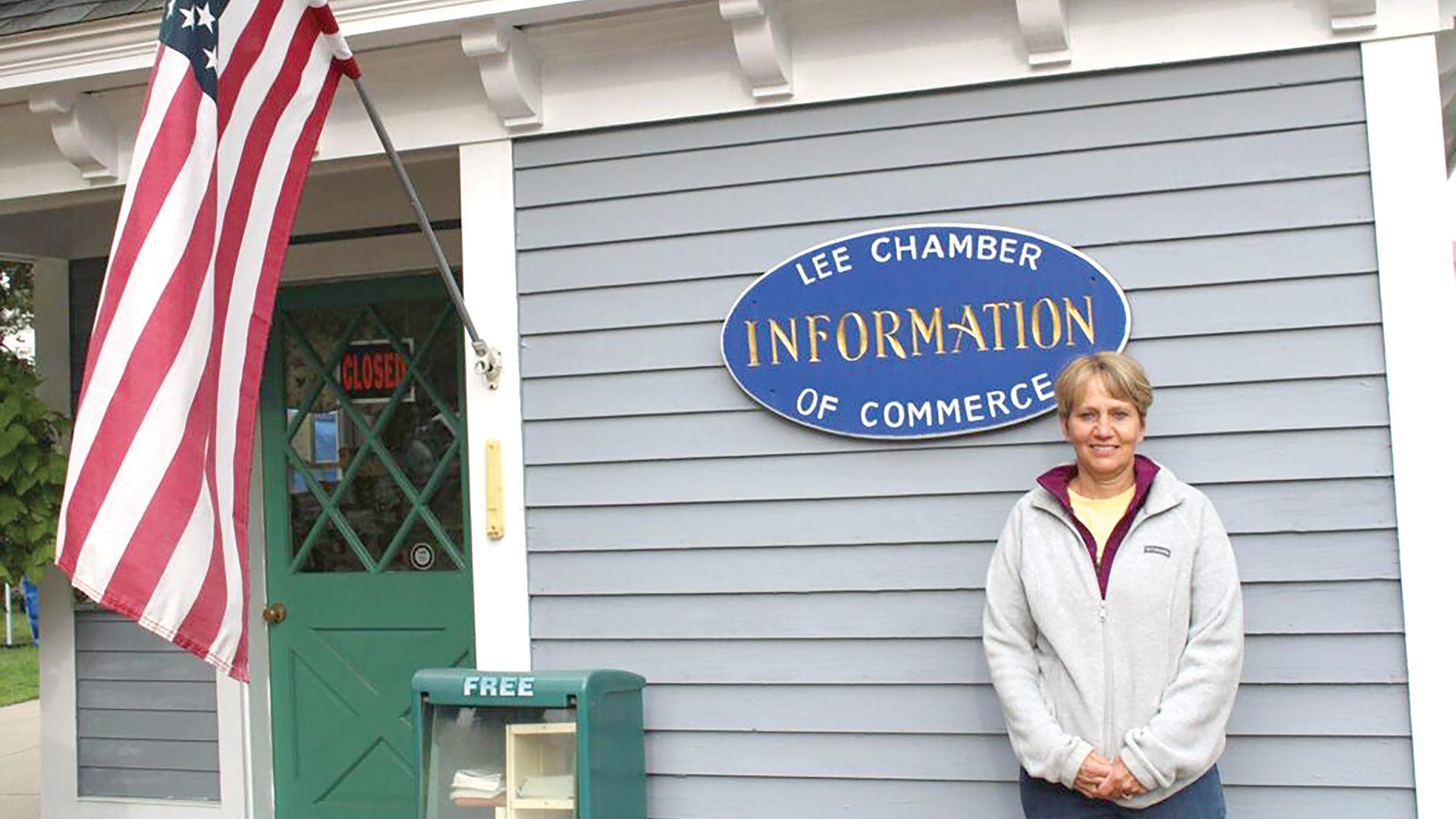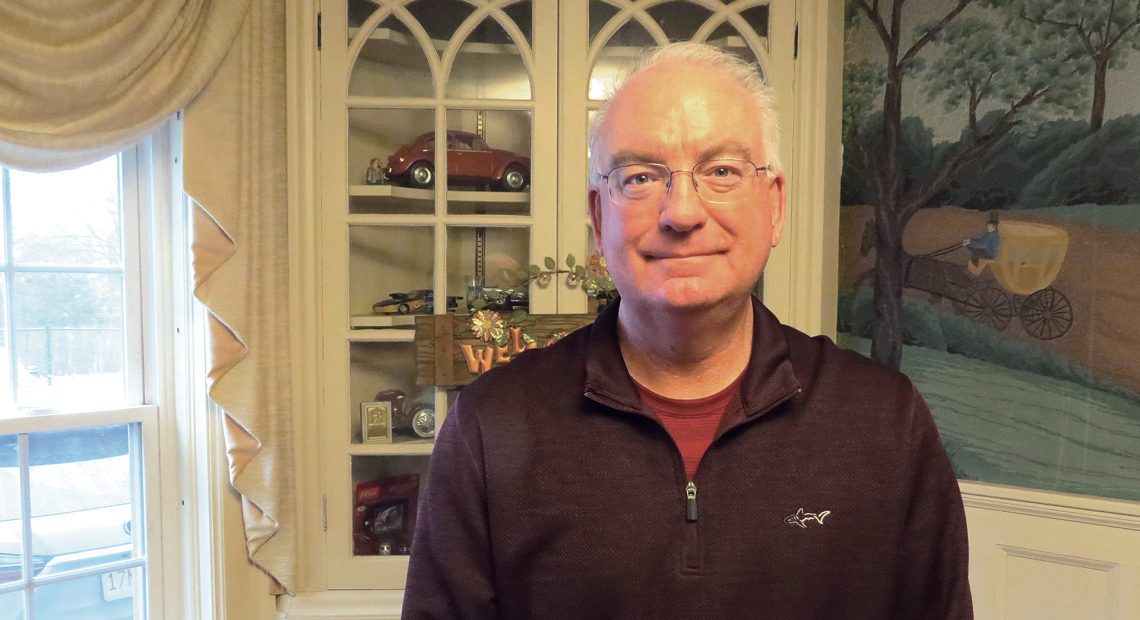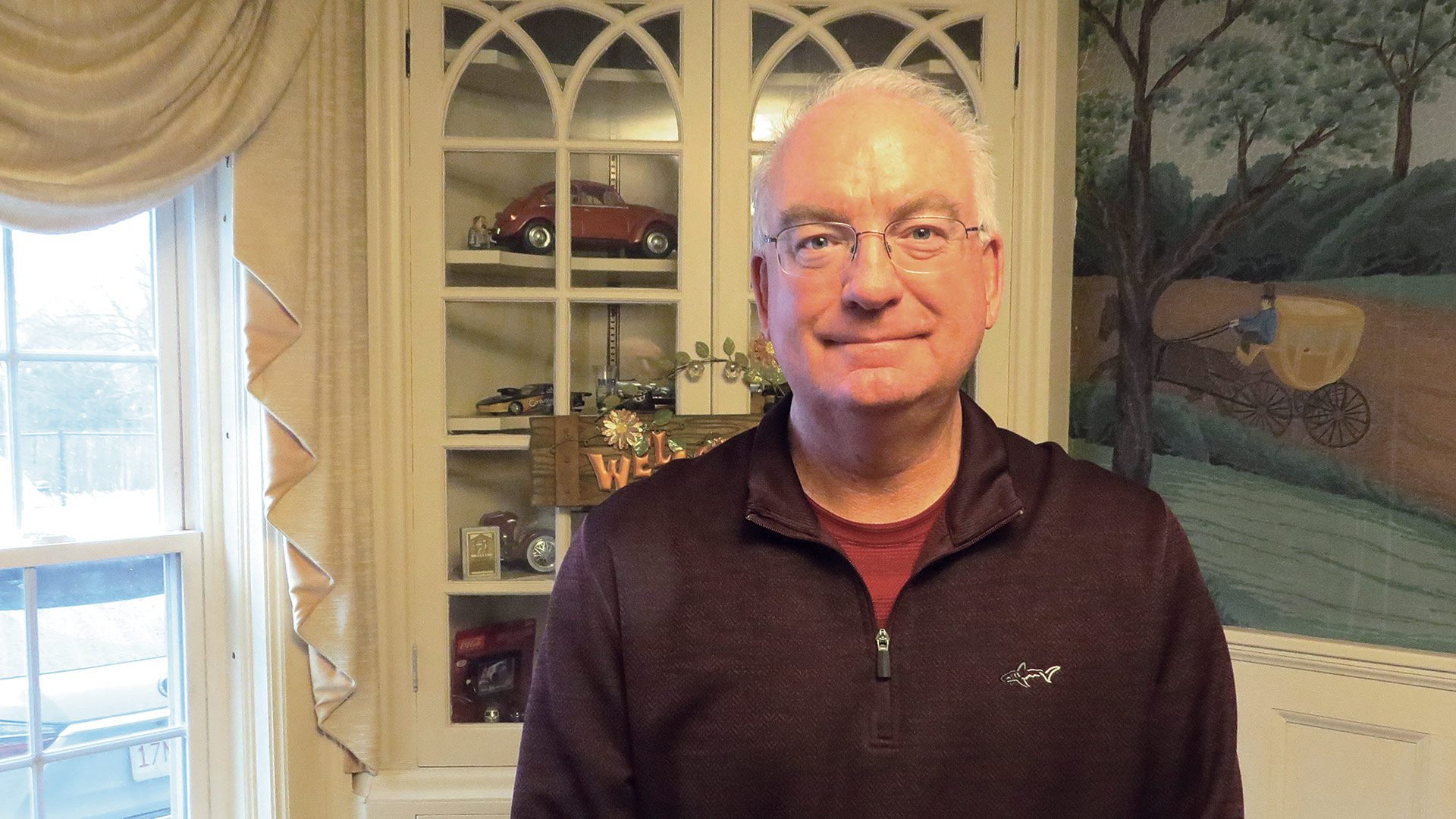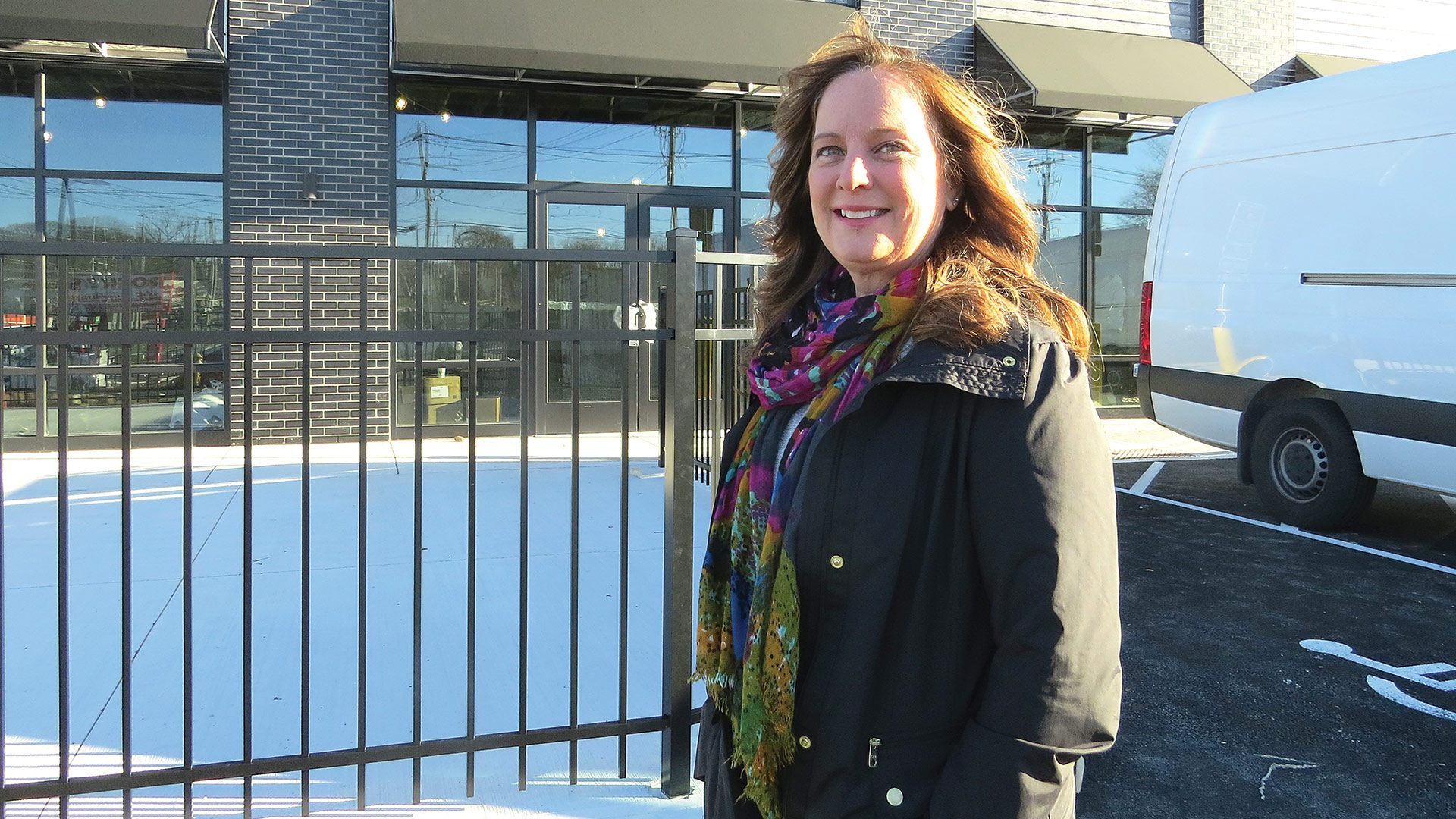Community Spotlight

The new ownership group at Shaker Bowl (from left, Paul Thompson, Brendan Greeley, Amy Greeley, Marc Murphy, General Manager Justin Godfrey, Adam Oliveri, Kim Oliveri, Jordan Healy, and Andrew Robb) is making changes to make the facility even more family-friendly.
Gordon Smith became superintendent of schools in East Longmeadow in 2010.
Not long after, the ‘journey,’ as he called it, to build a replacement for the high school built in 1960 began.
It’s a been a long, difficult, often frustrating road, said Smith, who summed up the early years of the long fight and approval process by saying, “we would get close, but we were never invited in.”
Finally, the last of myriad hurdles — a vote of town residents to approve the $180 million school project and another $19 million for the accompanying natatorium — was cleared last November, and Smith’s already busy schedule became even more so, but in a fulfilling, even exhilarating way.
Indeed, he’s part of the building committee that has been finalizing plans for the school, and as he talked with BusinessWest, he was working with the construction company Fontaine Bros. and other parties on plans for the ceremonial start of preparation of the ground for construction of the new high school (that took place on June 17).
While doing all that, Smith has been reflecting on how the project will impact this town of roughly 16,500, starting with a likely rise in that number because of what a new high school means to a community that has all the other ingredients for growth — land; a strong, diverse business community; vibrant neighborhoods; and high quality of life.
“It’s exciting to really shape the future for a number of years,” he said. “This moves the community as a whole forward, and we’ll have a building that’s current in terms of how it not only engages students, but how it engages the community.”
The long-awaited start of work on the new high school is one of many developing stories in East Longmeadow. Plans to construct a large warehouse on the former Package Machinery complex on Shaker Road have been turned down by the Planning Board and are now in litigation. Meanwhile, town leaders are in early-stage work to address concerns about affordable housing stock in the community.
Town Manager Tom Christensen said town leaders are exploring creation of a Center Town District featuring mixed-use development including housing options, such as apartments or townhouses, that would enable more people to come to East Longmeadow, or continue living there, at a time when most new homes being built there come with price tags approaching $1 million.
“This is a desirable community, but most of the housing stock is detached single-family,” Christensen explained. “With the new high school, and thinking about the cost of living, we’re trying to see if an affordable-housing component makes sense in the downtown area, with some kind of density housing.”

Timm Marini, seen here with staff members during a recent employee-appreciation day at HUB, says East Longmeadow has always been desirable, and a new high school will make it even more so.
Several new businesses have opened in the community as well, including a Chase Bank branch in the center of town; a lingerie, bra-fitting, and swimsuit store called Gazebo Too; and Raspberry Records.
There are also new owners (a large group, in fact) of one the town’s older and perhaps better- known institutions, Shaker Bowl, located, as that name suggests, on Shaker Road.
Brendan Greeley, one of those new owners, said the group saw an opportunity to not only continue a more than 60-year-old tradition, but make some needed improvements and additions to make the facility even more family-friendly and more of a destination.
“We came at it like entrepreneurs; we wanted to make the facility better and more accommodating for families and more accommodating for businesses to come in and have their corporate events.”
“We came at it like entrepreneurs; we wanted to make the facility better and more accommodating for families and more accommodating for businesses to come in and have their corporate events,” he said, adding that improvements have included renovations to the party room, new lighting, new bowling software that allows young people to knock down a castle instead of pins, and more. “For kids coming in for a party, there are a lot more options now.”
For this, the latest installment of its Community Spotlight series, BusinessWest turns its lens on East Longmeadow, where many forms of progress and momentum are evident.
Classroom for Improvement
As he talked about the high-school project and all that goes into it, Smith said this is more than a generational undertaking. We’re talking about several generations.
“The goal is for this building to last equally as long as the last one,” he said, adding that the facility will be state-of-the-art in every way, especially with regard to technology.
“We think it’s going to be a building that firmly puts East Longmeadow into the 21st century,” he told BusinessWest. “This will be a building that students can come into and use the most current technology available — classrooms designed for how the 21st century student learns, a setting that’s much more interactive. It’s not about a teacher standing in the front of the room and presenting all day; it’s a setting that’s much more conducive to hands-on learning, no matter what the subject matter might be.
“And from a safety standpoint, we won’t have to worry about leaking roofs and power outages and things of that nature,” he went on, adding that there have been many of both during this long fight for a new school.
Plans call for the new school to open its doors for the start of the 2026-27 school year, said Smith, who, like others we spoke with, said the impact of the new facility should be felt long before that.
Indeed, in many respects, a modern high school has been the one ingredient missing from a community that has a lot of other things going for it, including land on which to build new homes and businesses and a large commercial base that has helped keep residential tax rates lower than in surrounding communities like Longmeadow and Wilbraham.
“With that investment in a new high school, I think you’re going to see more families moving into town,” said Timm Marini, president of Personal Lines Insurance at HUB International New England, which has an office on Shaker Road near the center of town. “The new schools really draw people — young people — which is what we need.
“We’ve seen several other area communities make investments in new high schools,” he said, listing Longmeadow, Wilbraham, West Springfield, and others. “East Longmeadow is a little behind the times in that respect, but now, town residents are putting their money where their mouth is, and it will benefit the community.”
Christensen, who grew up in town, returned to it several years ago, and then took an intriguing route to his current post — moving from deputy director of the Department of Public Works to deputy town manager to town manager — noted that the strong vote in favor of the debt exclusion (nearly 70%) spoke volumes about the need for the project and its importance to the community.
“The ‘yes’ votes were an indication that this could really jump-start our community,” he said, adding that while the town has recorded both residential and commercial growth over the past few decades, there is certainly room for more.
Indeed, there are two subdivisions (one with 23 lots, the other with 15) now in development, and there is ample land for more, he said.
But there are other needs in the community, he went on, noting that, like many communities in this region, there is a growing need for housing options, especially inventory that would fall into the ‘affordable’ category.
This need has led to ongoing efforts to create that aforementioned Center Town District, a mixed-use development with an affordable-housing component.
Christensen said the goal will be to create this district in the downtown area — not the surrounding residential neighborhoods — on commercially zoned property and parcels in need of redevelopment.
“We have some people in town who may not be able to afford to stay in their home, but want to stay in town, so it’s incumbent on us to provide an option,” he explained, adding that town leaders have engaged the public in the process, asking them what they want and don’t want from such an initiative.
Enthusiasm to Spare
Greeley told BusinessWest that, while he didn’t grow up in East Longmeadow, he spent plenty of time at the bowling alley on Shaker Road.
“I remember Thanksgiving and Easter … my family would get together, and we would always go bowling,” he said, adding that he has many fond memories from what can only be called a landmark.
And it is a desire to create memories for some new generations of area residents that prompted a group of investors (including Greeley’s wife, Amy) to acquire the bowling alley when it came on the market roughly a year ago.

Tom Christensen says a desire for housing options in the community has inspired efforts to create a Town Center District with an affordable-housing option.
Retelling the story, Greeley said he and Adam Oliveri, a close friend and over-30 hockey teammate, were looking for businesses to buy and, while driving by Shaker Bowl one day, brought it to the top of their list of prospectives. The owner wasn’t interested in selling, however, so they started looking in other directions, only to return to their original target when it eventually came on the market in early 2023.
They added partners to the group and closed that summer. Since then, they’ve been making improvements aimed at taking advantage of steady — and, by most estimates, growing — interest in bowling, while also making the facility a destination for all kinds of functions.
From September through April, leagues bowl there every day of the week, he explained, adding that league bowlers don’t take all 28 lanes, but they do provide a strong, steady source of revenue. Meanwhile, beyond the leagues, interest is strong among all age groups.
Shaker Bowl is part of a business community that is, as noted earlier, large and diverse, featuring everything from a solid mix of restaurants to a full roster of banks, with Chase being only the latest; from service businesses like HUB to a large number of distribution and manufacturing facilities in the town’s large industrial park.
There are many intriguing stories of entrepreneurship, including the Coating House, a 44-year-old business owned in recent years by Kim Casineau, who has written an inspiring story of growth, diversification, and giving back.
The company manufactures specialized coated and uncoated fasteners and fittings for several sectors, including industrial, medical devices, aerospace, automotive, and the military. But that’s just part of the story.
Indeed, Casineau, who benefited from services provided by the YWCA of Western Massachusetts earlier in her life, has committed herself to giving back not only to that agency (she currently serves as its board president), but also the young women it serves.
Working with board member Dawn Rodgers and YWCA staff, Casineau is part of an effort to implement a new educational program with high-school students called Healthy Empowering Relationships and Education. She’s also working to provide women served by the YWCA with mentoring and, eventually, job opportunities.
“I purchased this company with the intention of growing it and offering job opportunities to the women who are residents at, and receive services from, the YWCA, because I thought I could offer them entry-level jobs and mentorship at a safe place that is welcoming,” she said, adding that the mentoring initiatives and job opportunities remain a work in progress. “I want to offer them a place to learn and grow and feel safe.”
Overall, East Longmeadow is business-friendly, said Grace Barone, executive director of the East of the River Five Town Chamber of Commerce, which counts East Longmeadow among the five communities it represents.
She noted that, with the arrival of Christensen and Rebecca Lisi, deputy town manager, there are now stronger lines of communication between Town Hall and the business community, which brings benefits for both sides.
“They’re fantastic, they’re out in the community, they’re listening to what the members need, and they’re engaging with them,” she told BusinessWest. “It’s very refreshing, and it’s great to work with them.”
Like Marini and others we spoke with, Barone said East Longmeadow boasts a strong location, near Springfield, but also Connecticut, Longmeadow, Wilbraham, and other vibrant communities, making it an attractive address for restaurants and certainly banks, but also retail outlets.
“We’ve had several ribbon cuttings,” she said, listing Gazebo Too, on North Main Street, and Raspberry Records, on Shaker Road, among them. “A business might go out, but you see new businesses coming in right away to fill those spots, and that’s very exciting.”




 “Where residents live in Massachusetts should not determine their mobility or access to opportunity.”
“Where residents live in Massachusetts should not determine their mobility or access to opportunity.”
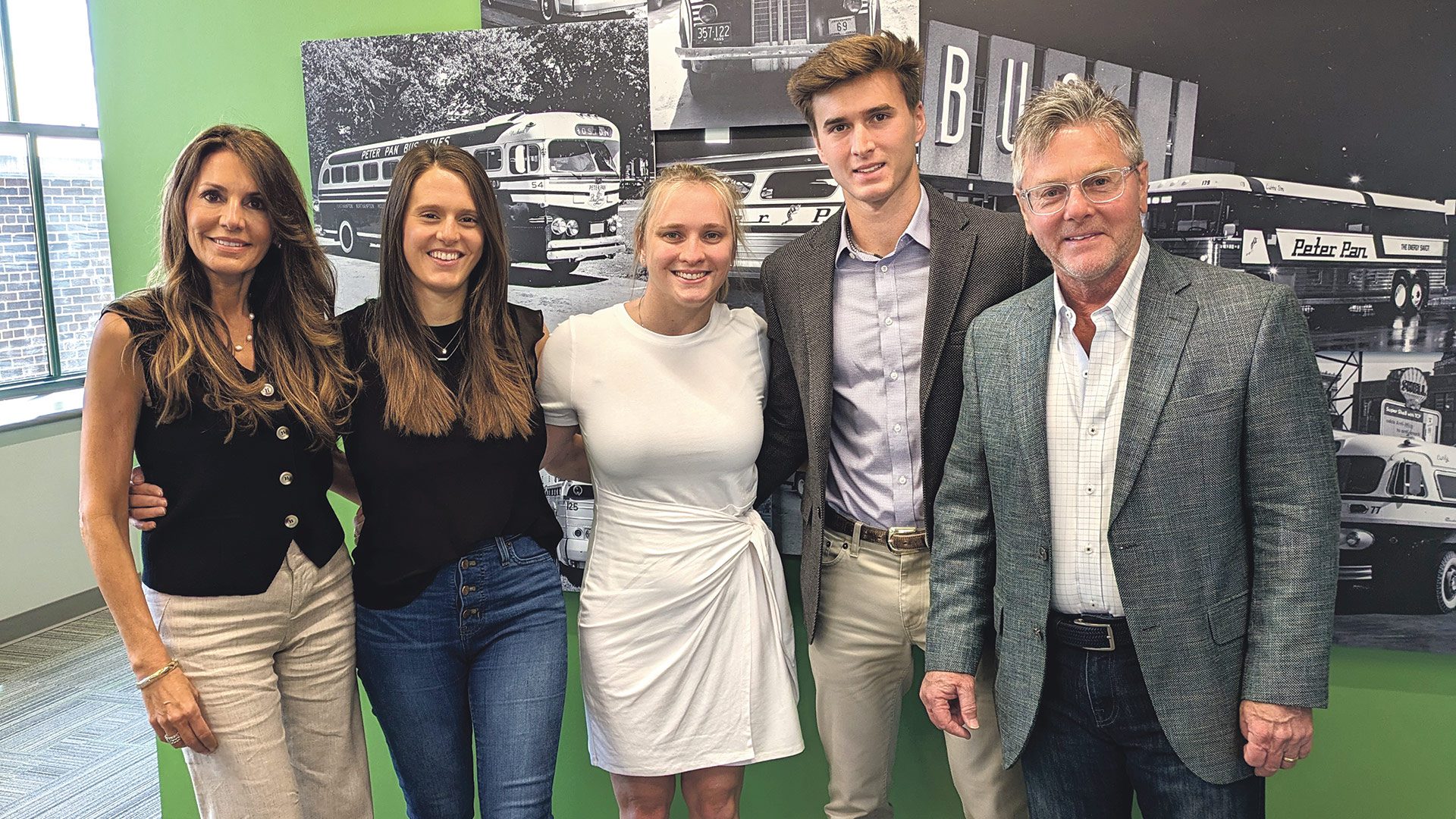





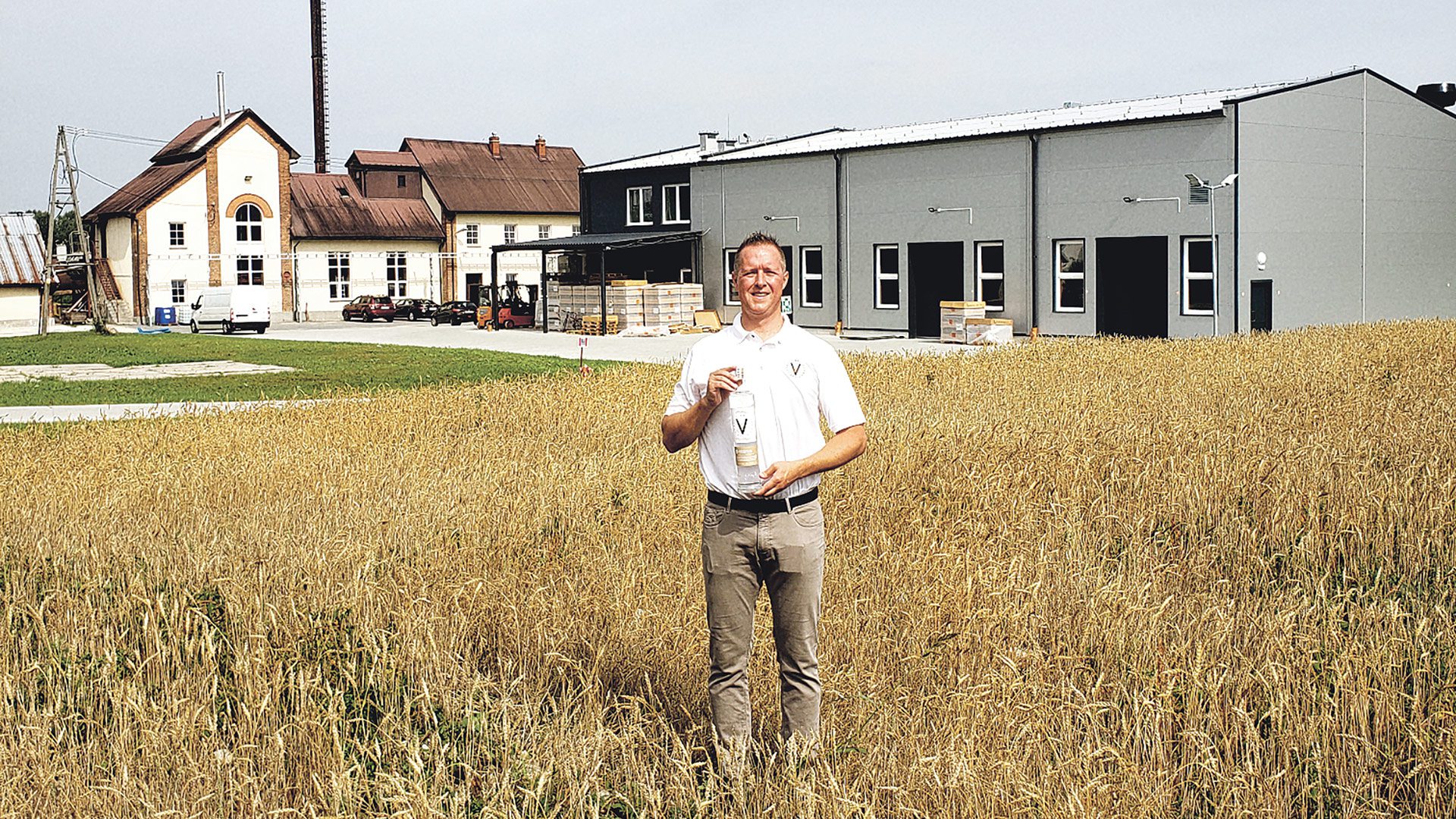


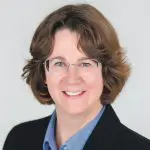
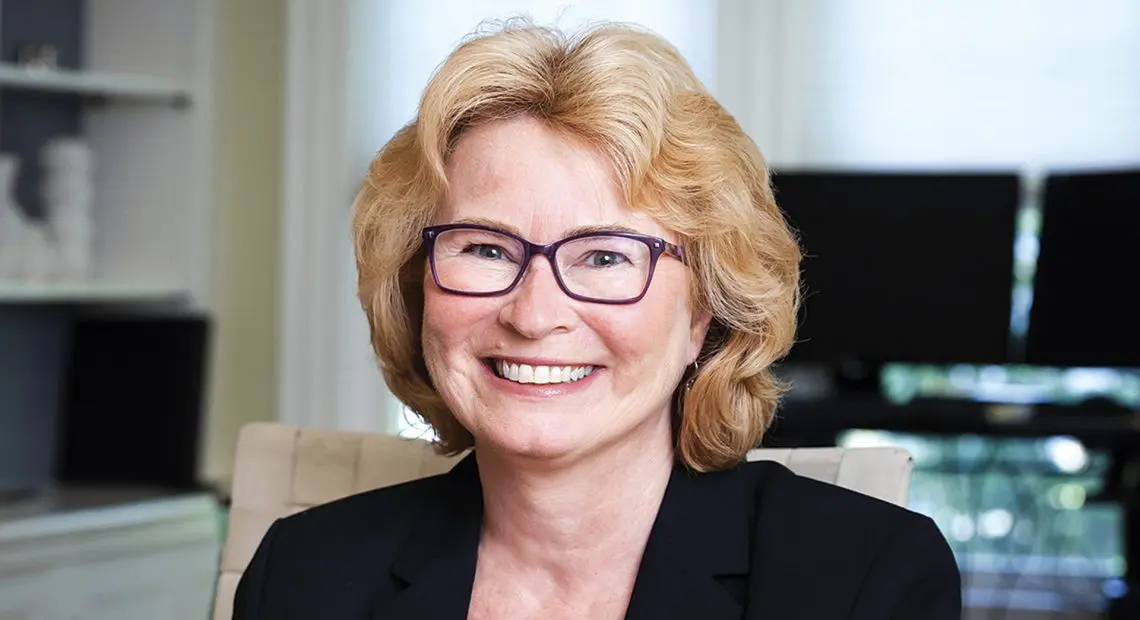

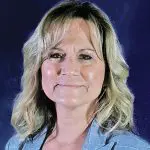

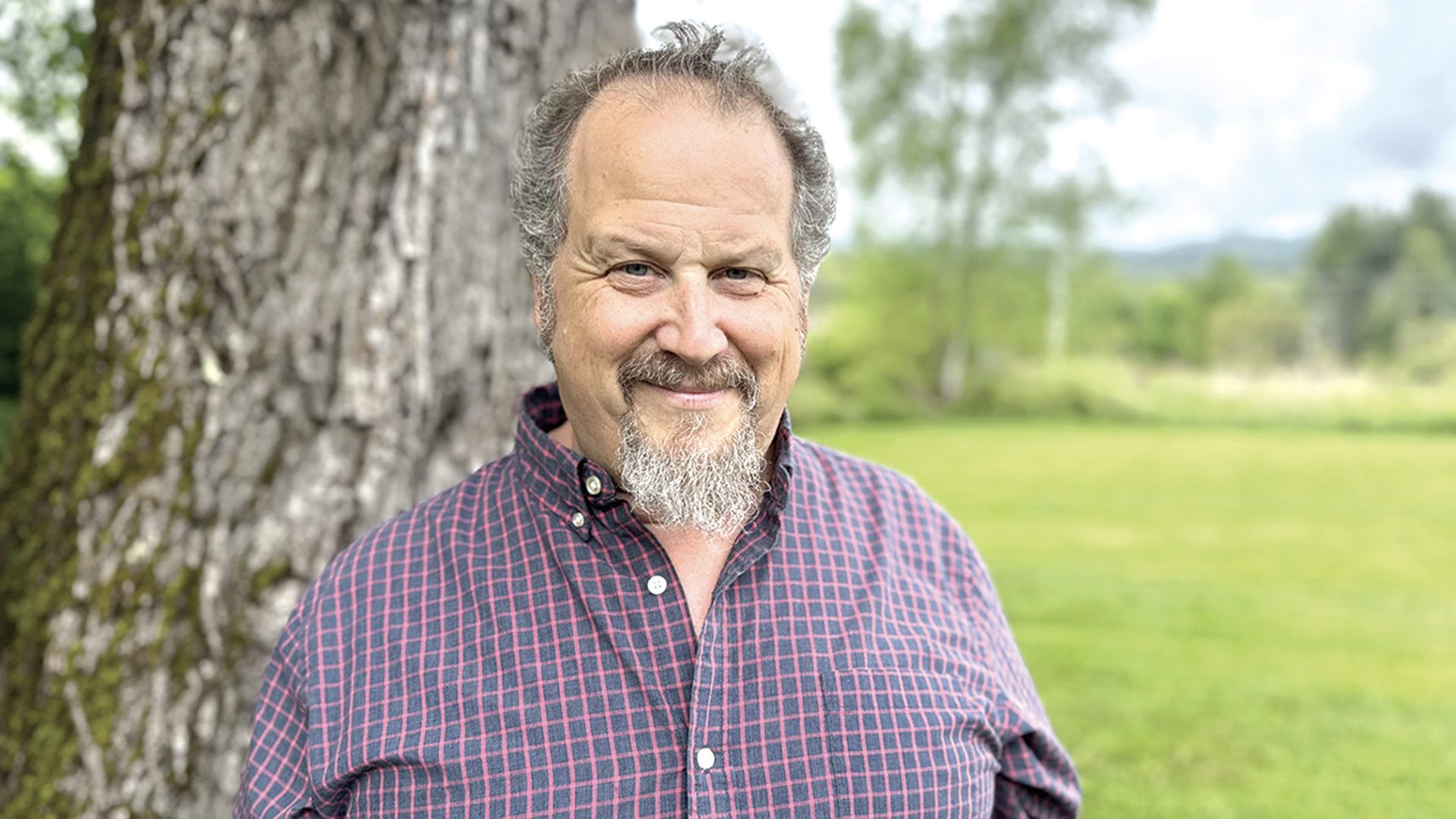


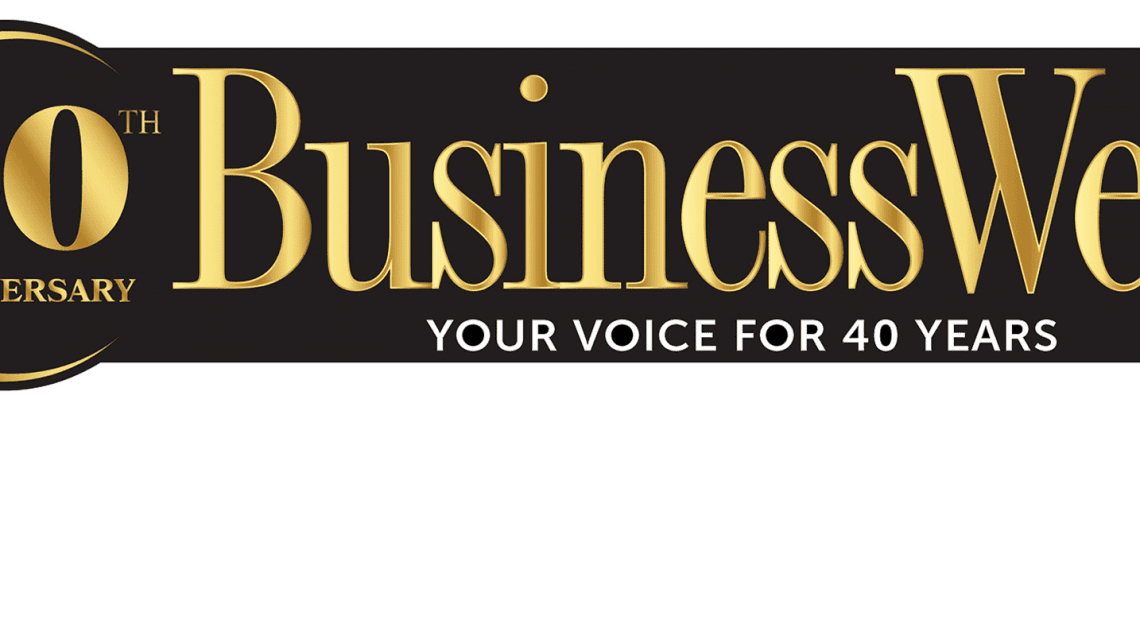
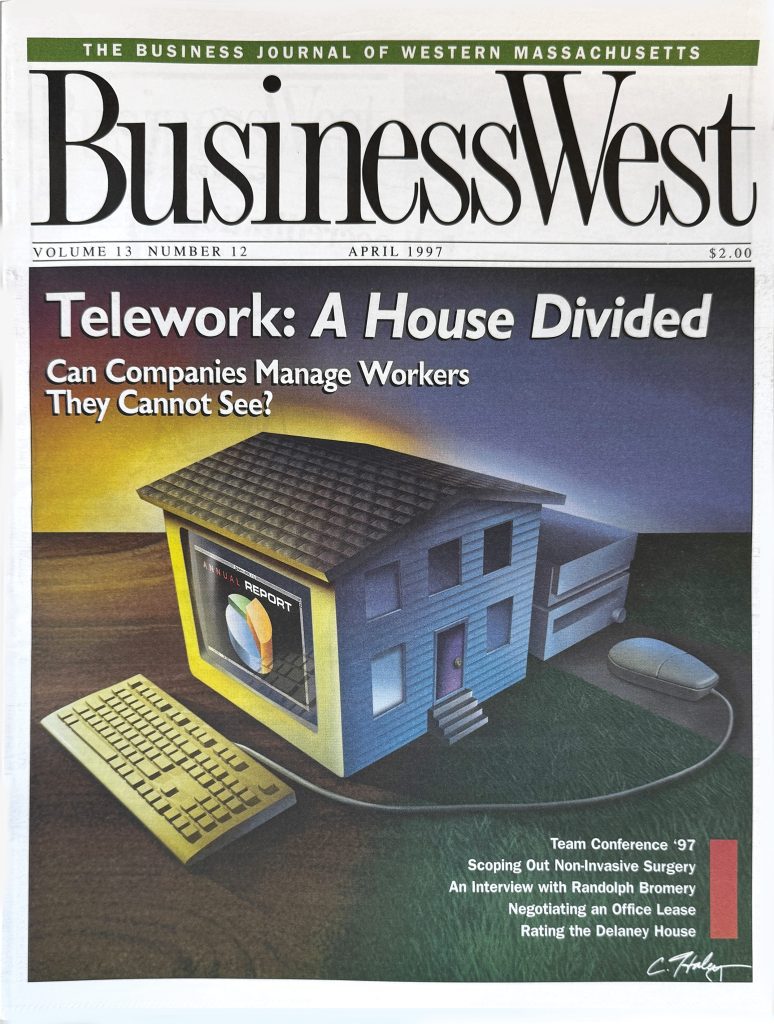 Allison Ebner recalls that, when she first entered the workplace just over 30 years ago, the overriding question still concerned what the employee could do for the employer.
Allison Ebner recalls that, when she first entered the workplace just over 30 years ago, the overriding question still concerned what the employee could do for the employer.


 On Jan. 22, 1984, a good deal of the U.S. watched — for the only time, because it never aired again — a commercial that was, in many ways, more interesting than the beatdown the Los Angeles Raiders were putting on the Washington Redskins in Super Bowl XVIII.
On Jan. 22, 1984, a good deal of the U.S. watched — for the only time, because it never aired again — a commercial that was, in many ways, more interesting than the beatdown the Los Angeles Raiders were putting on the Washington Redskins in Super Bowl XVIII.


 When Rudy D’Agostino entered the accounting profession back in 1985, there was what they called the ‘Big 8.’
When Rudy D’Agostino entered the accounting profession back in 1985, there was what they called the ‘Big 8.’



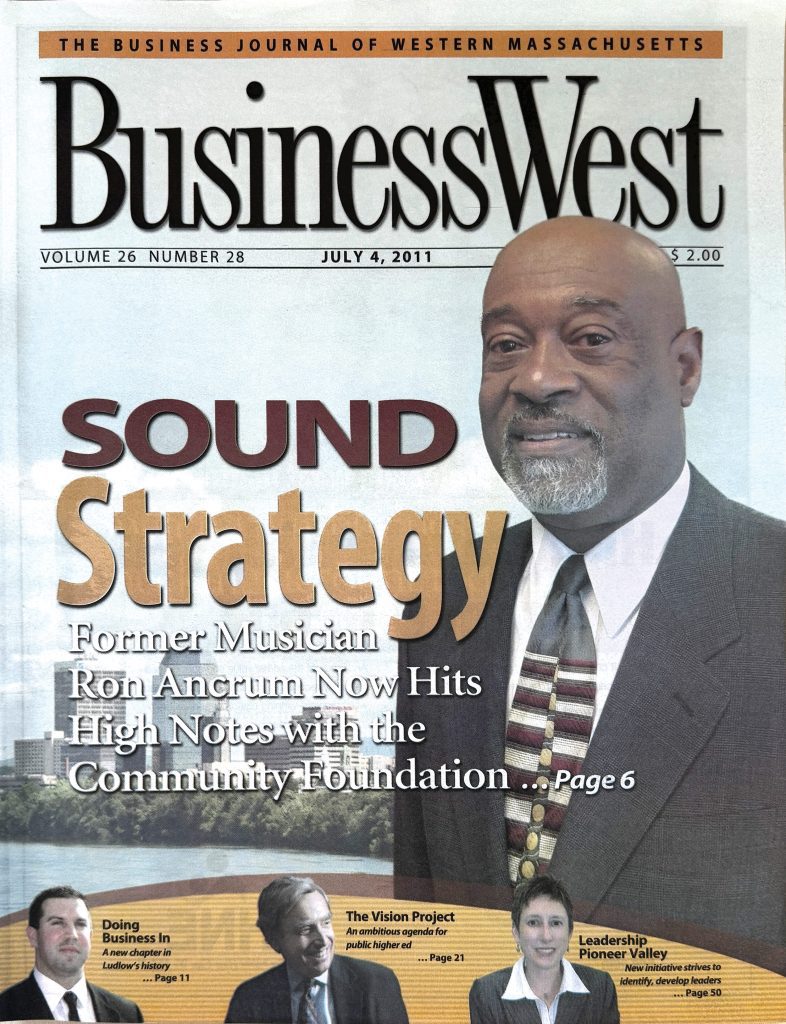 The Community Foundation of Western Massachusetts has been funding the work of charities and nonprofits across the region since 1991. And its overriding mission hasn’t changed.
The Community Foundation of Western Massachusetts has been funding the work of charities and nonprofits across the region since 1991. And its overriding mission hasn’t changed.


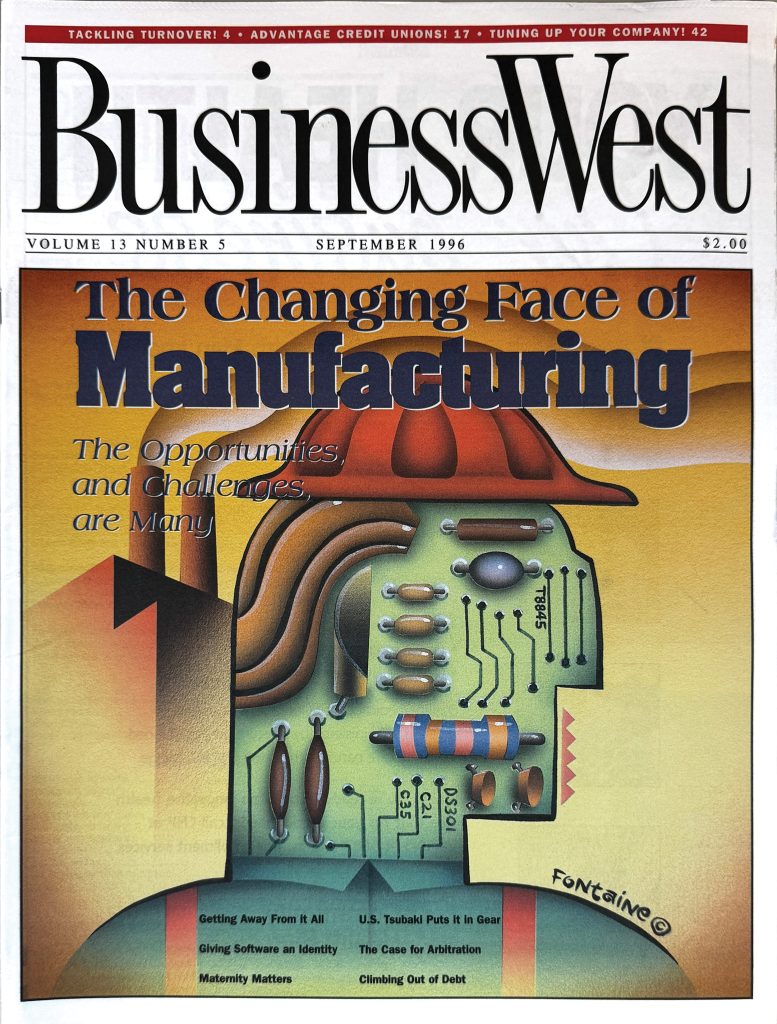 Rick Sullivan calls manufacturing the “invisible backbone” of the Western Mass. economy.
Rick Sullivan calls manufacturing the “invisible backbone” of the Western Mass. economy.
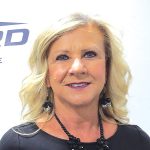

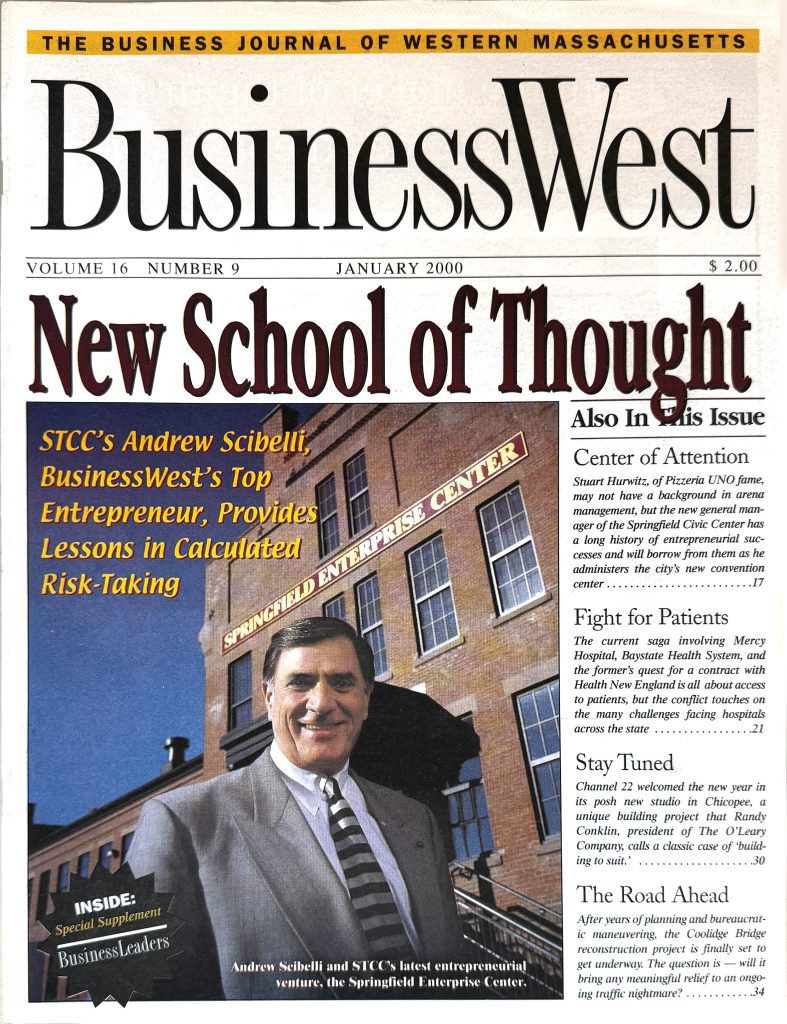 At the recent ceremony that officially installed him as chancellor of UMass Amherst, Javier Reyes noted that attitudes about higher education are changing, while rapid advancements in technology, with artificial intelligence at the center, are forcing colleges and universities to find new ways to meet their obligations.
At the recent ceremony that officially installed him as chancellor of UMass Amherst, Javier Reyes noted that attitudes about higher education are changing, while rapid advancements in technology, with artificial intelligence at the center, are forcing colleges and universities to find new ways to meet their obligations.



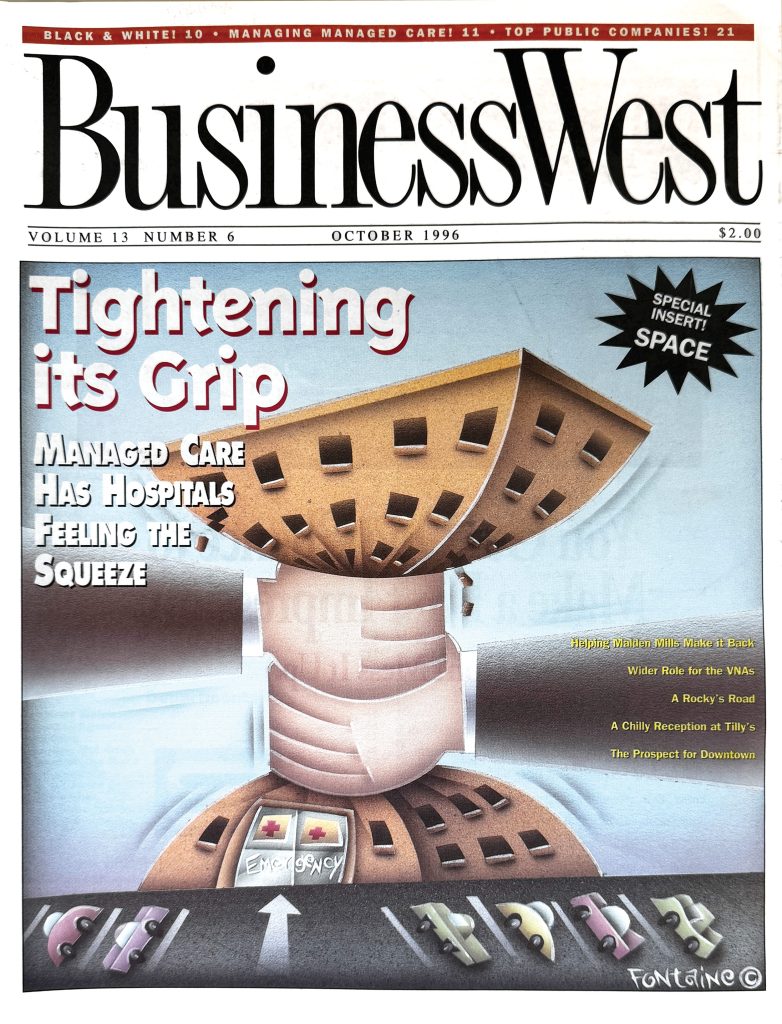 Twenty years ago, in the issue commemorating BusinessWest’s 20th anniversary, area hospital leaders talked about what had changed the most over two decades, and they all mentioned the same thing: a shortening of hospital stays, with procedures that once required a several-night stayover now requiring only one — or none at all.
Twenty years ago, in the issue commemorating BusinessWest’s 20th anniversary, area hospital leaders talked about what had changed the most over two decades, and they all mentioned the same thing: a shortening of hospital stays, with procedures that once required a several-night stayover now requiring only one — or none at all.


 When she first started working for Merrill Lynch in 1985, Pat Grenier had a desk, a phone, a phone book, and a street directory. And there was a lot of cold calling.
When she first started working for Merrill Lynch in 1985, Pat Grenier had a desk, a phone, a phone book, and a street directory. And there was a lot of cold calling.




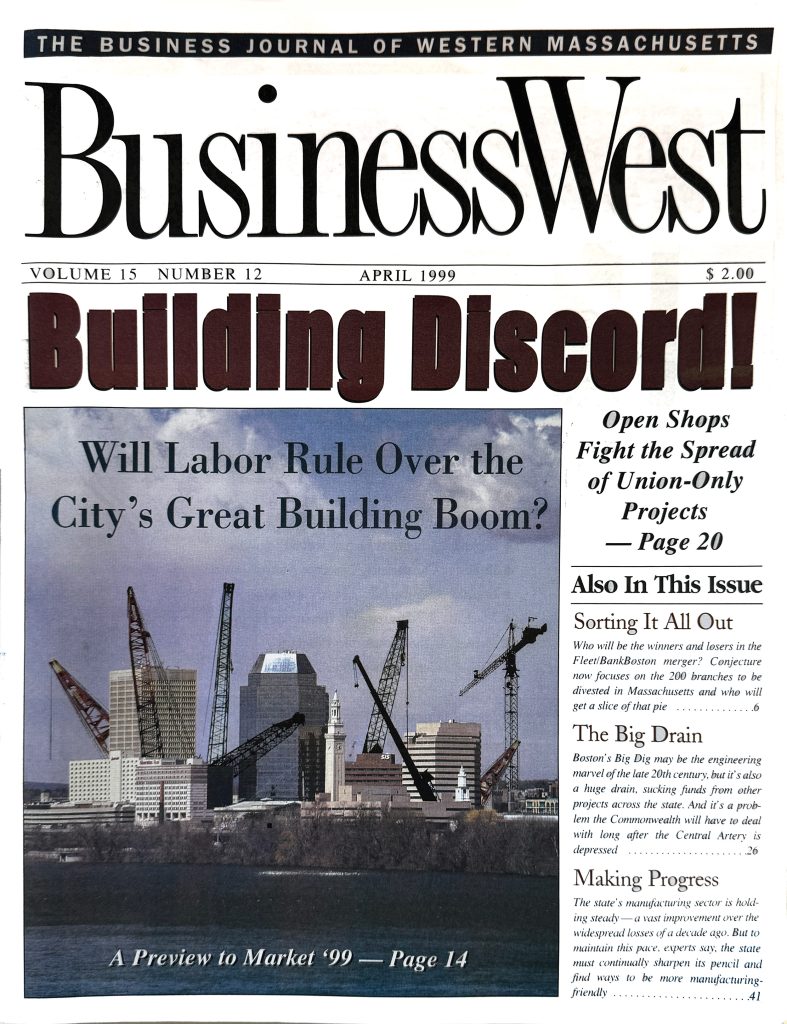 When you’ve been building things for as long as Daniel O’Connell’s Sons (DOC) has, well … sometimes you enjoy the sequel.
When you’ve been building things for as long as Daniel O’Connell’s Sons (DOC) has, well … sometimes you enjoy the sequel.

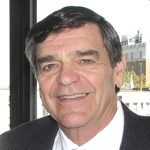
 When Jack Dill, president of Colebrook Realty Services, arrived in downtown Springfield in the mid-’70s, it was a different world and a much different city.
When Jack Dill, president of Colebrook Realty Services, arrived in downtown Springfield in the mid-’70s, it was a different world and a much different city.

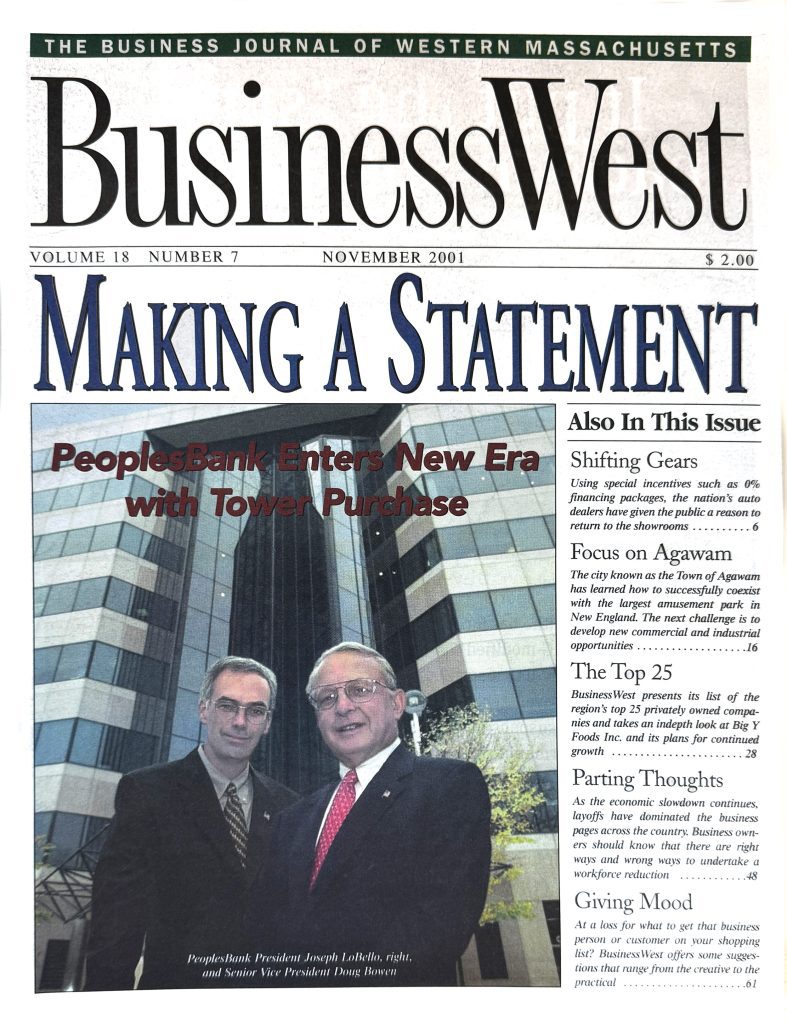 Tom Senecal used some hard numbers to detail what is perhaps the biggest change in the banking industry over the past four decades.
Tom Senecal used some hard numbers to detail what is perhaps the biggest change in the banking industry over the past four decades.



